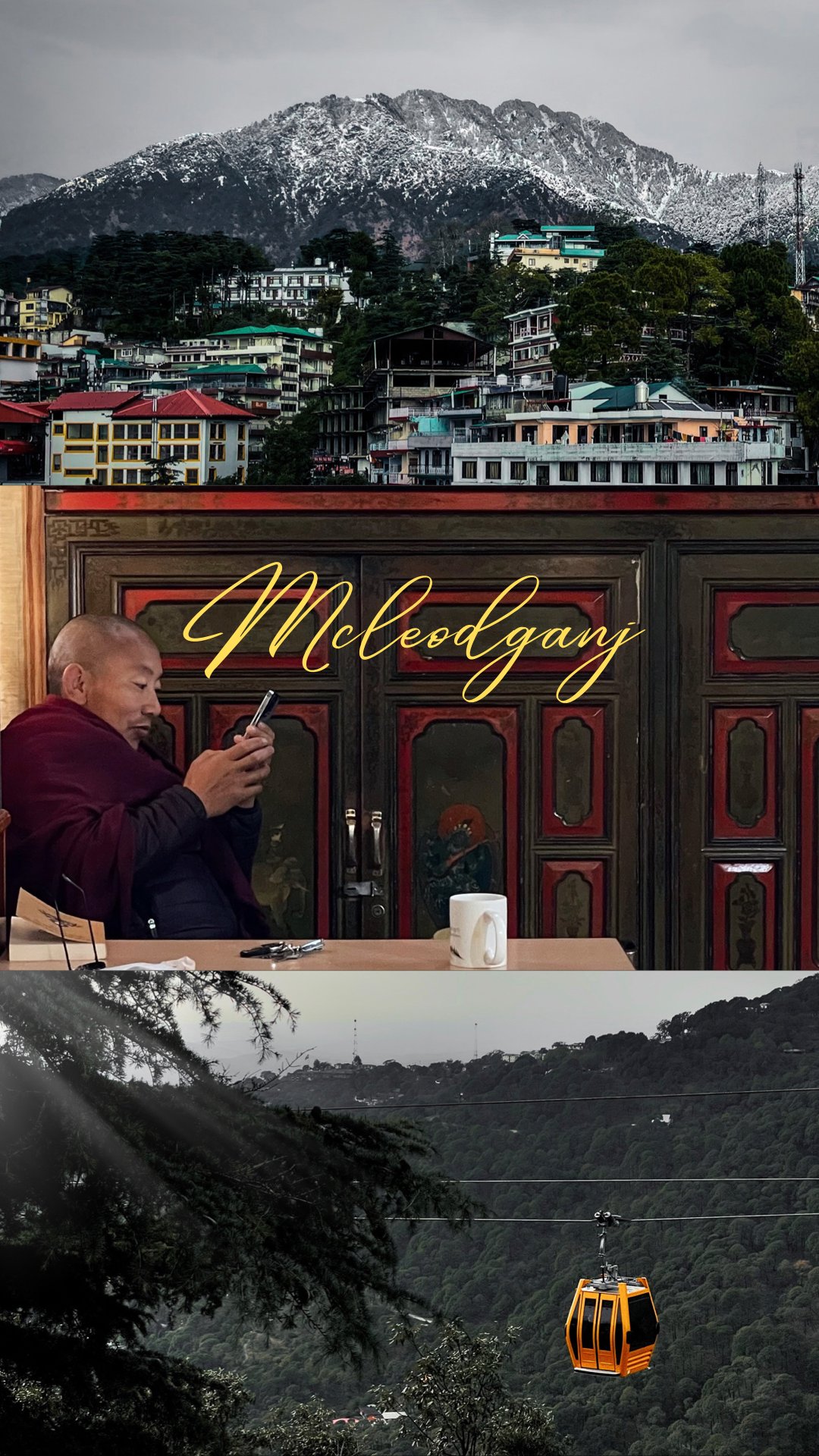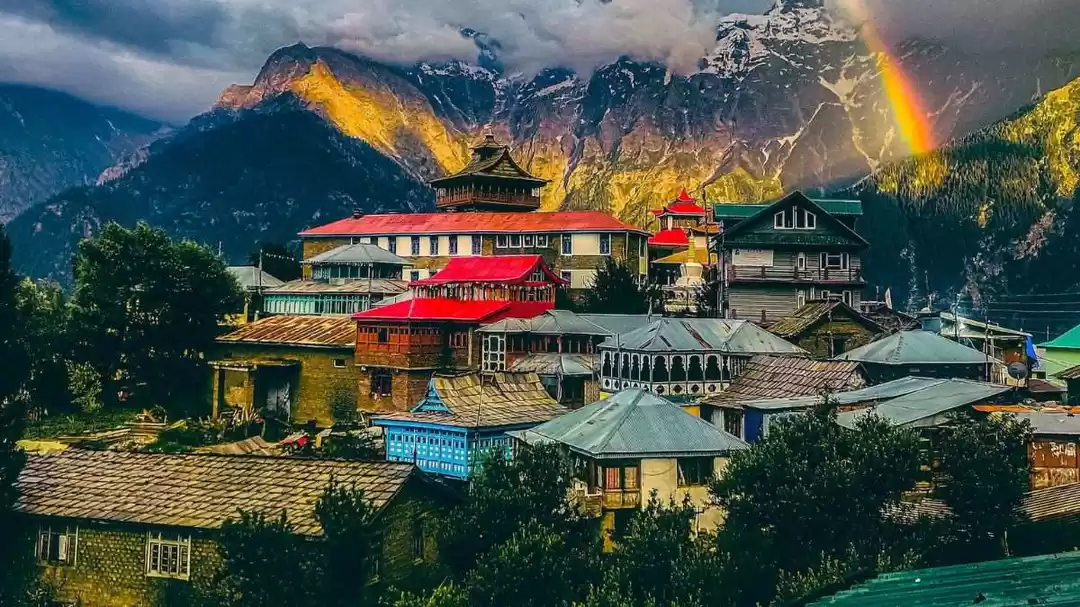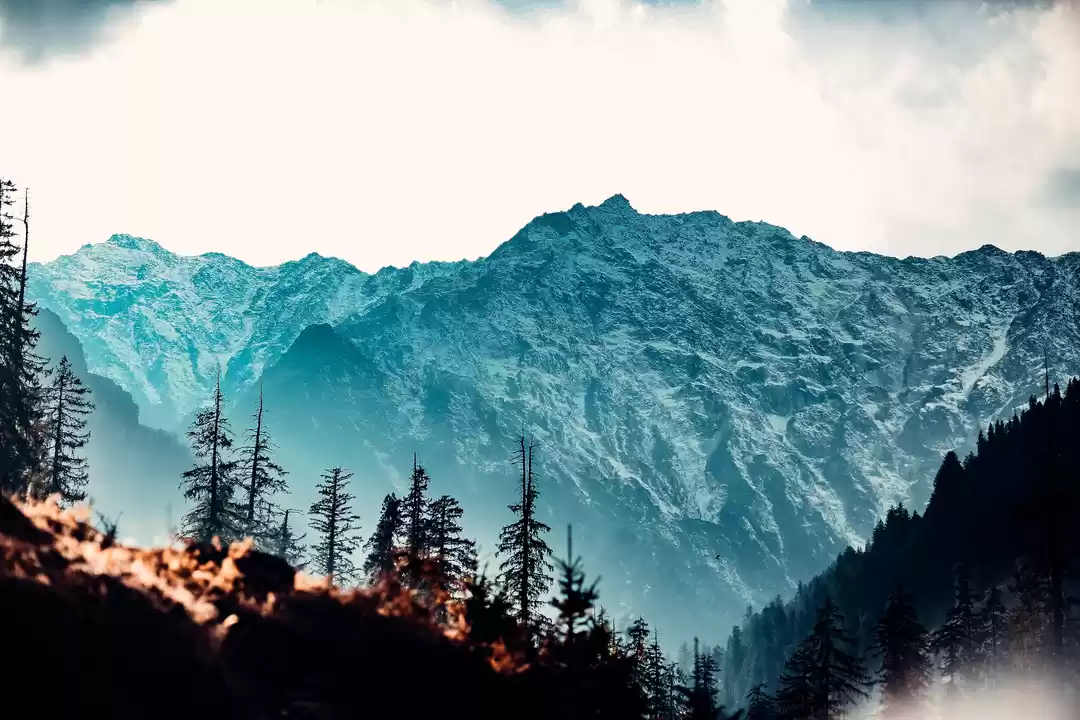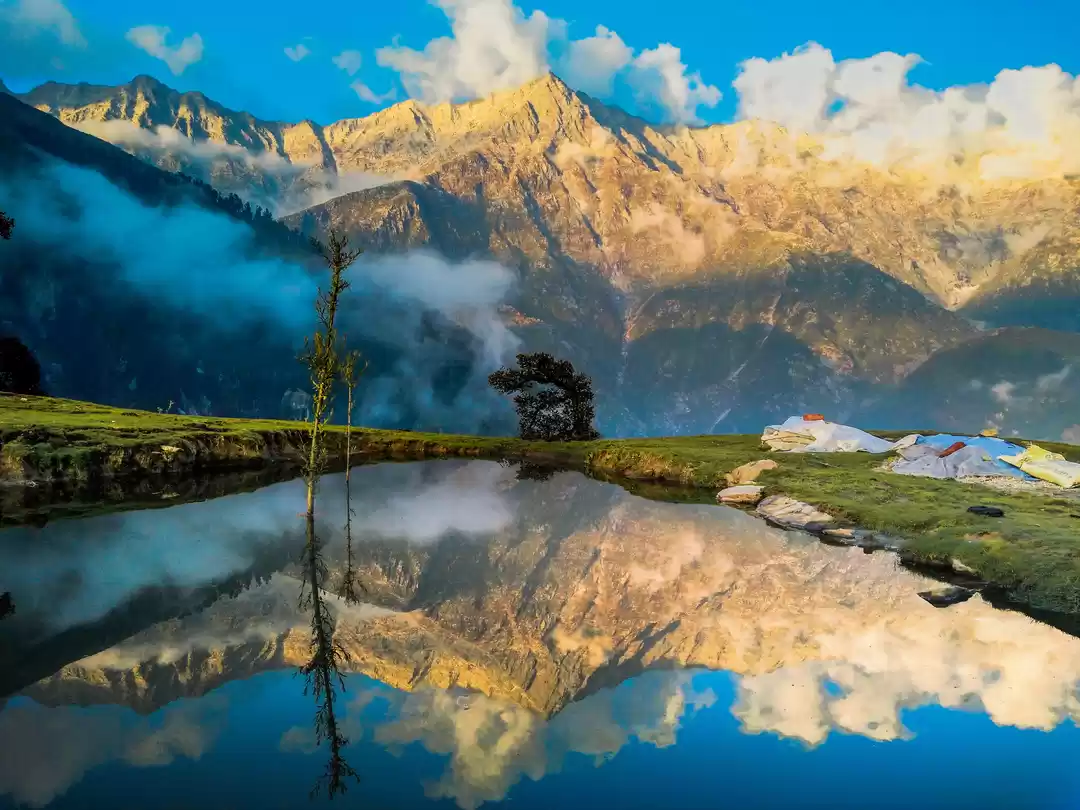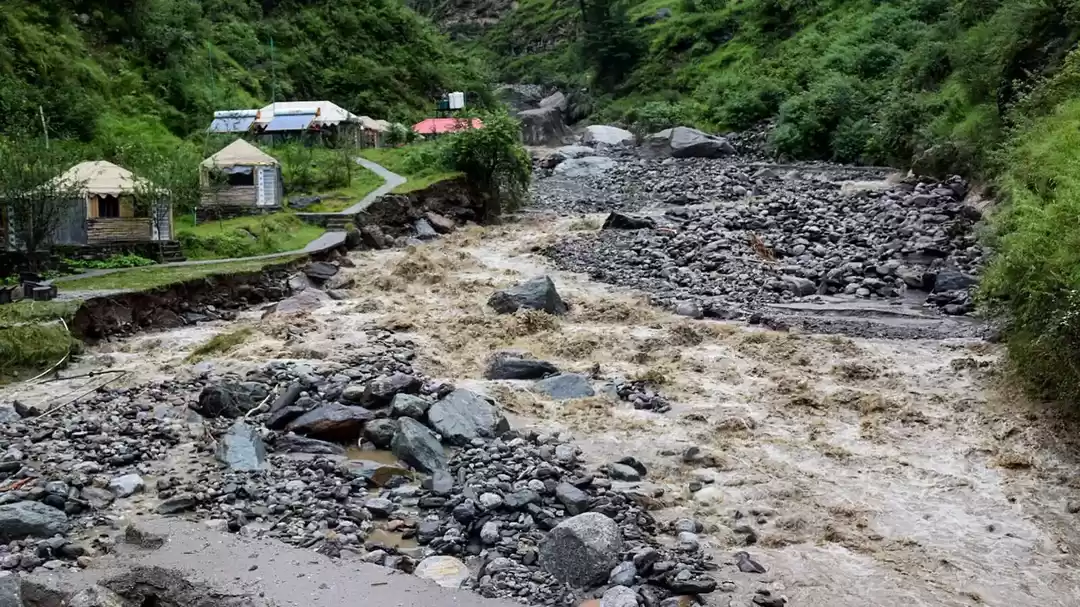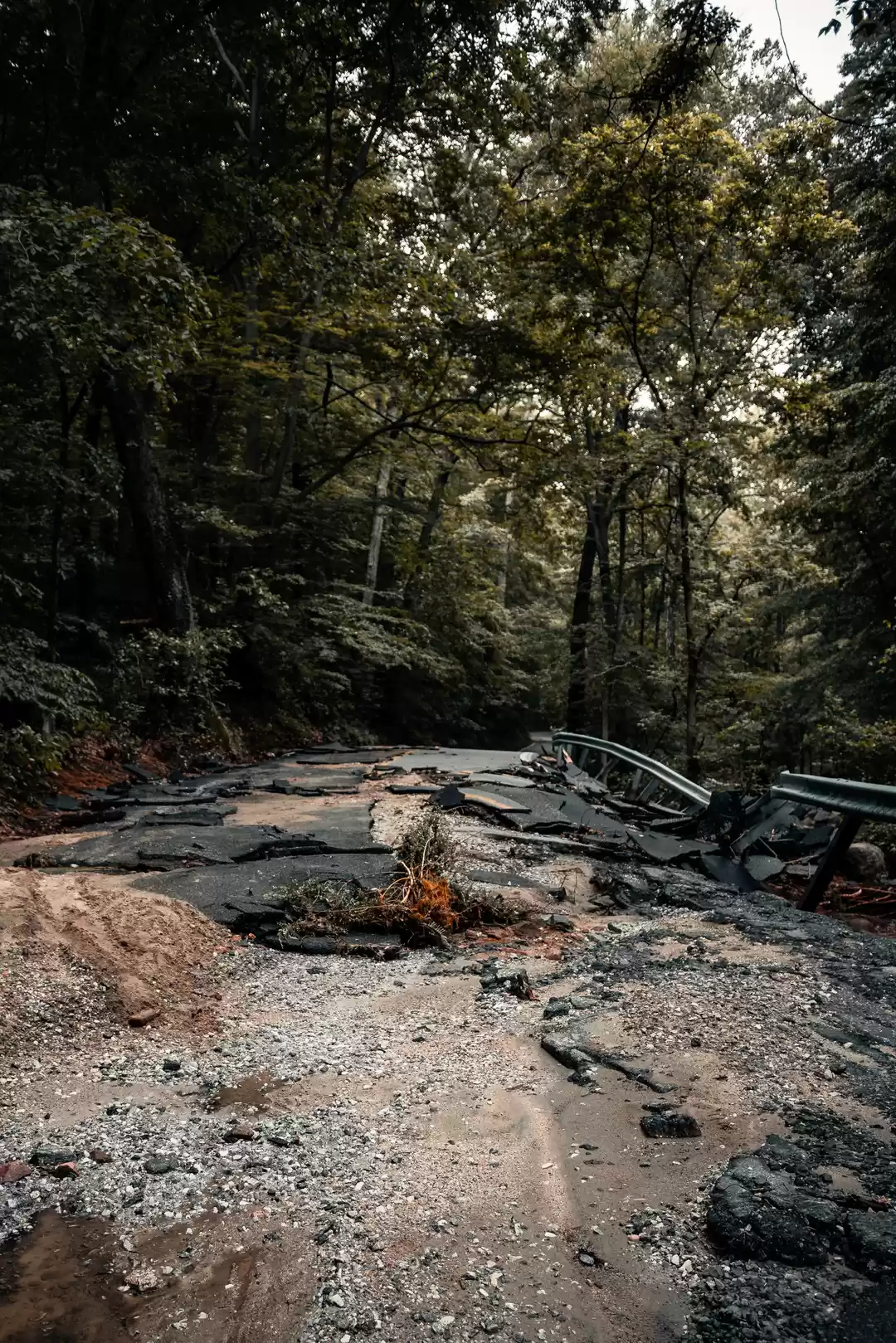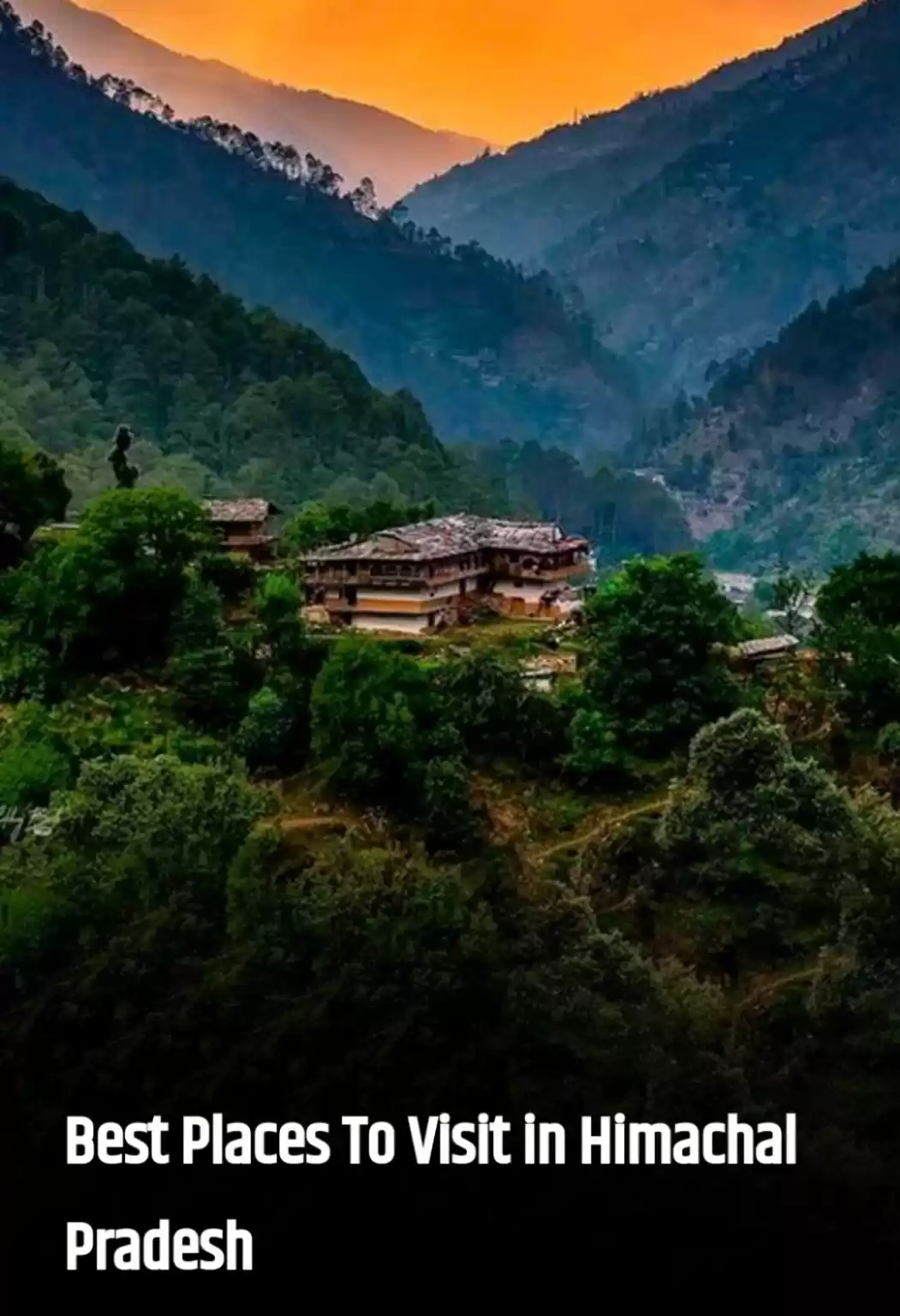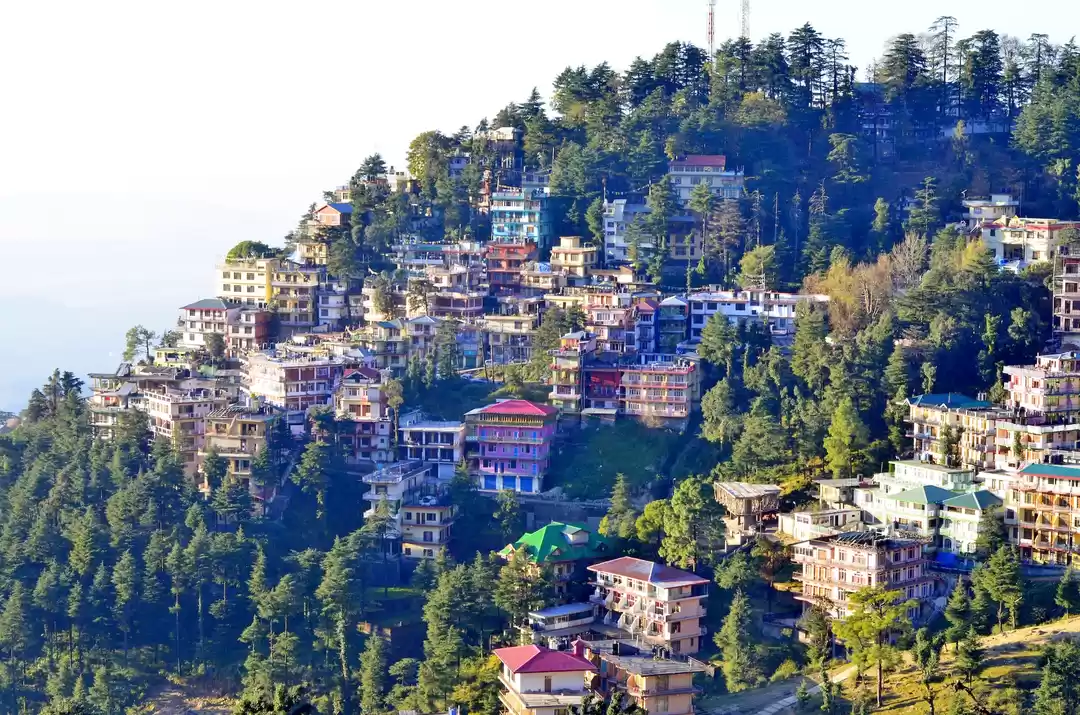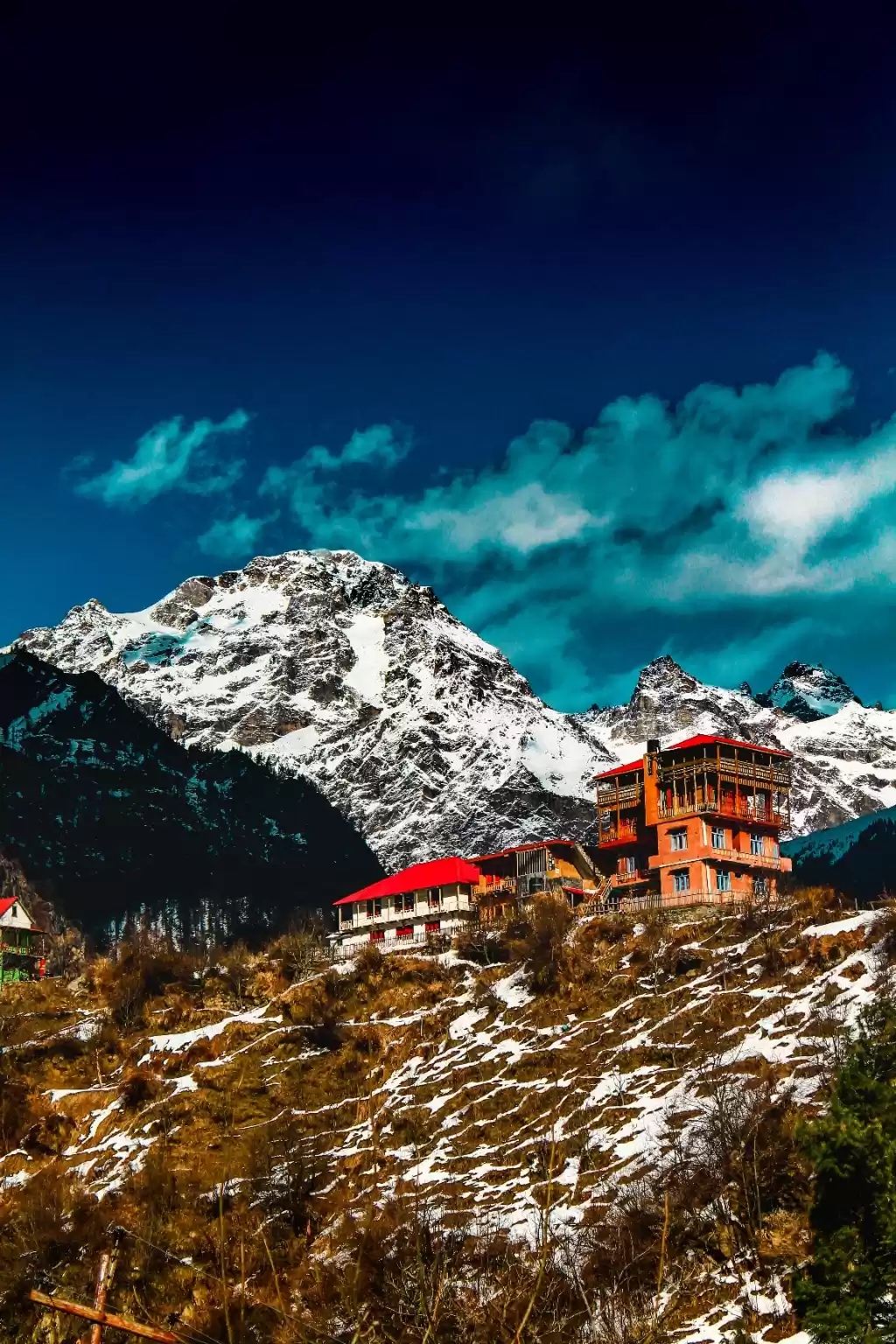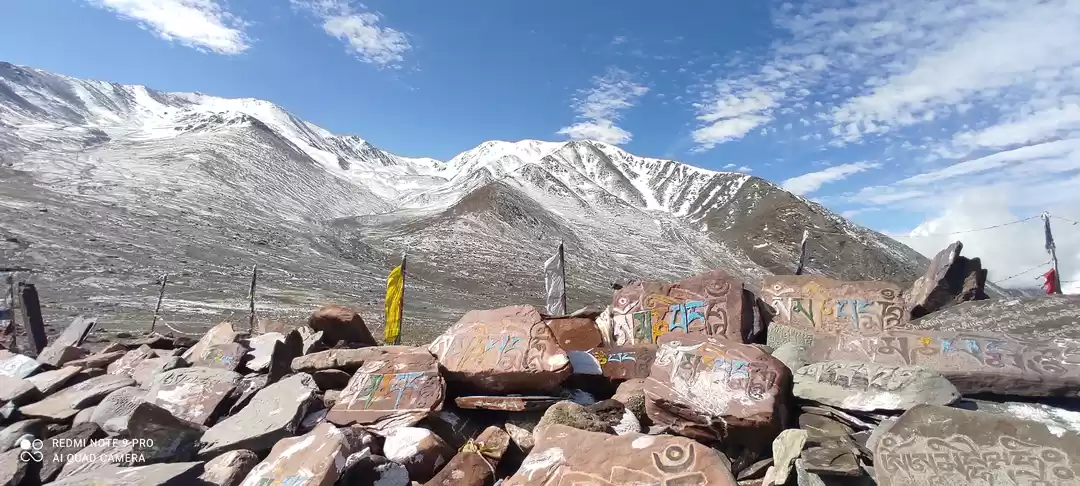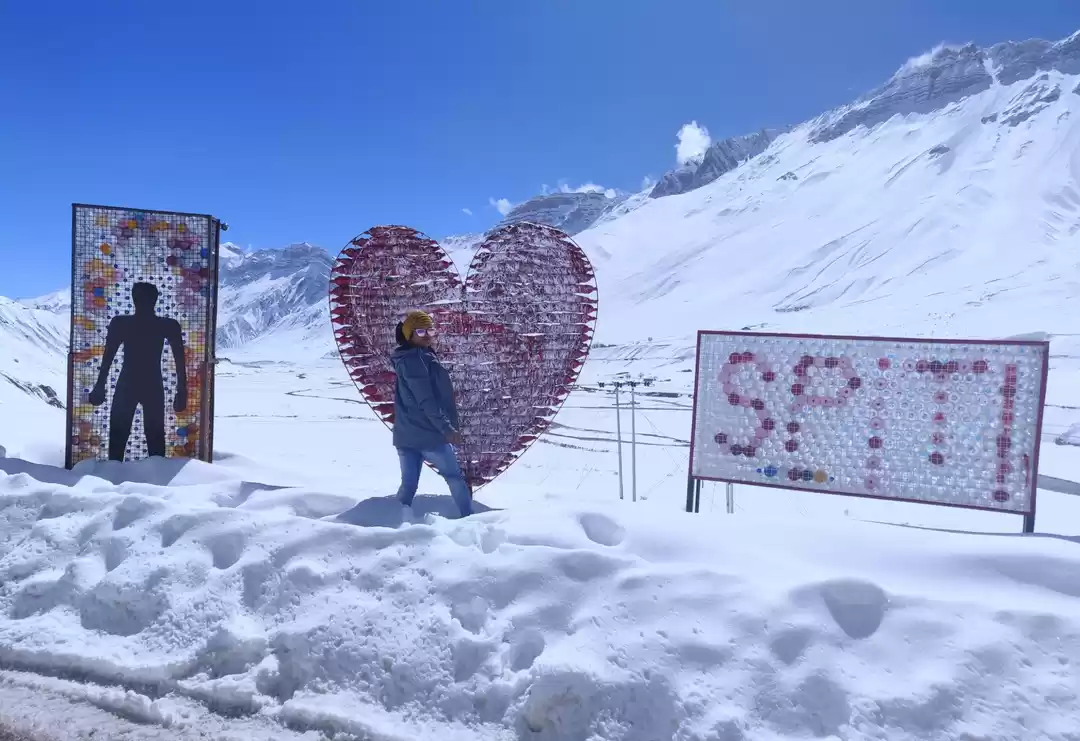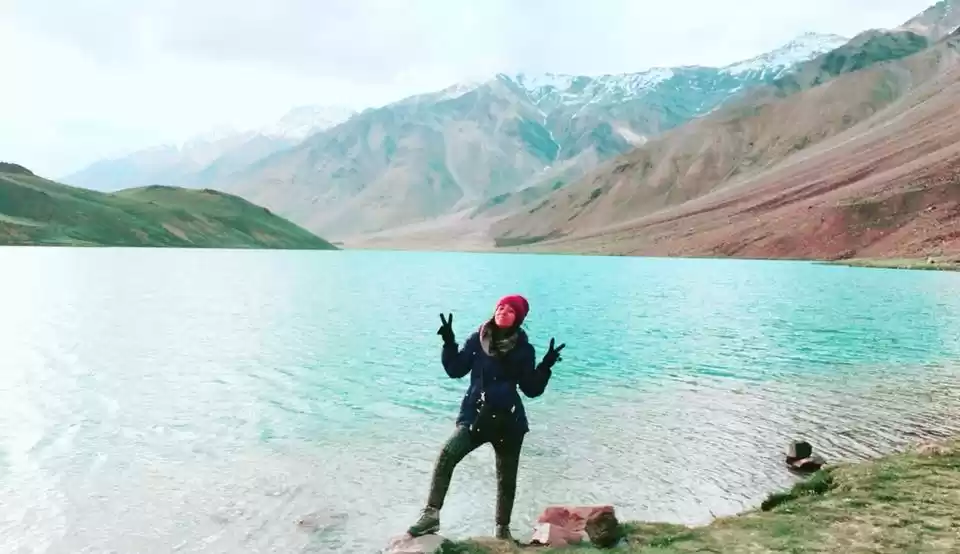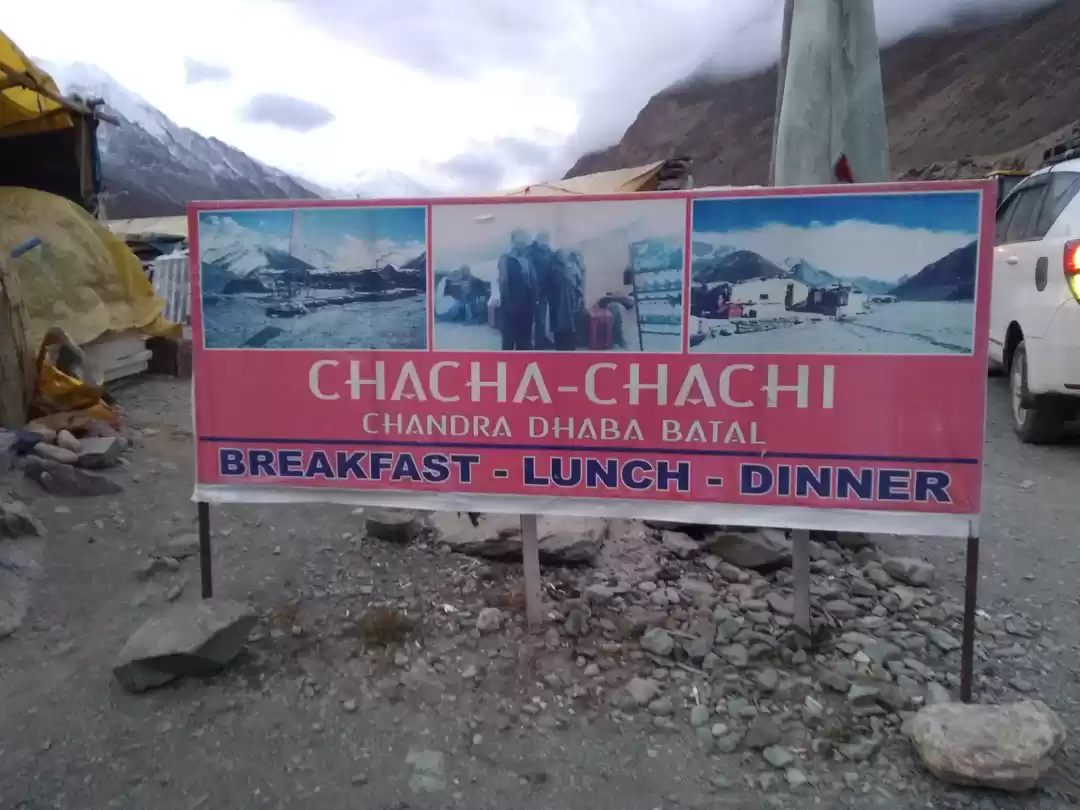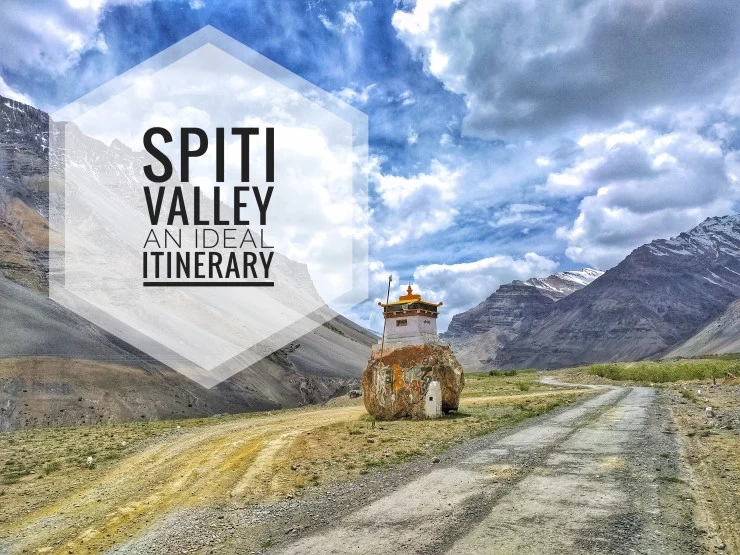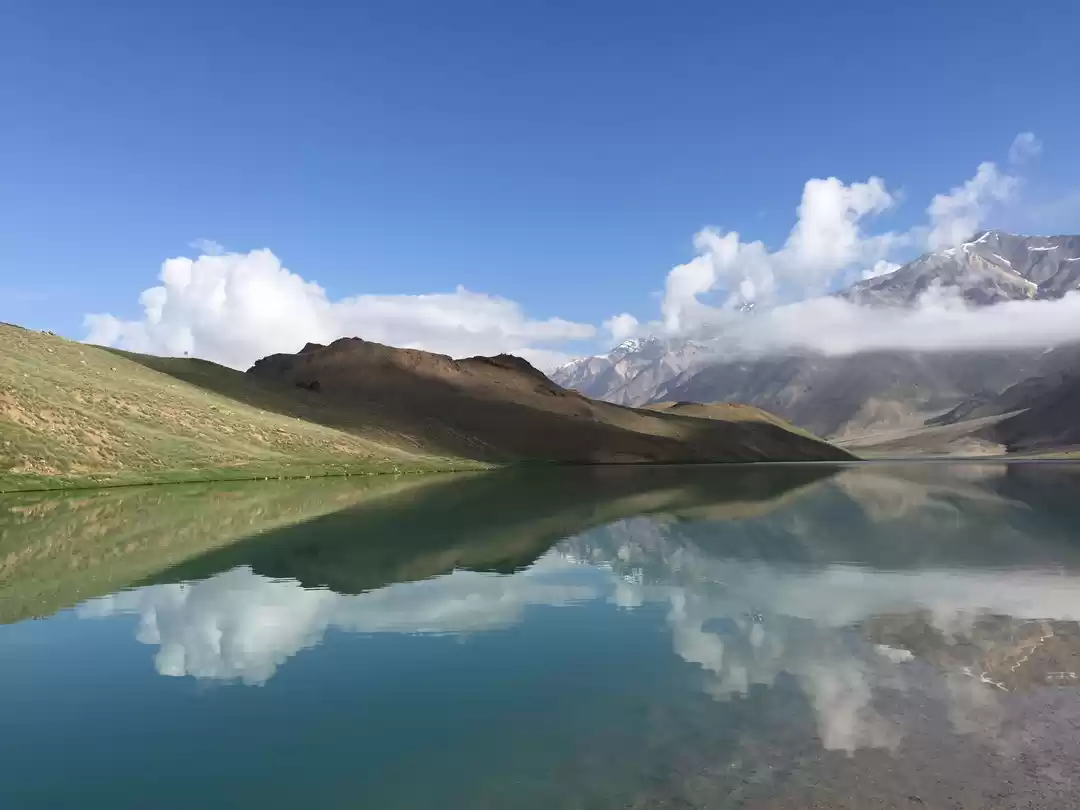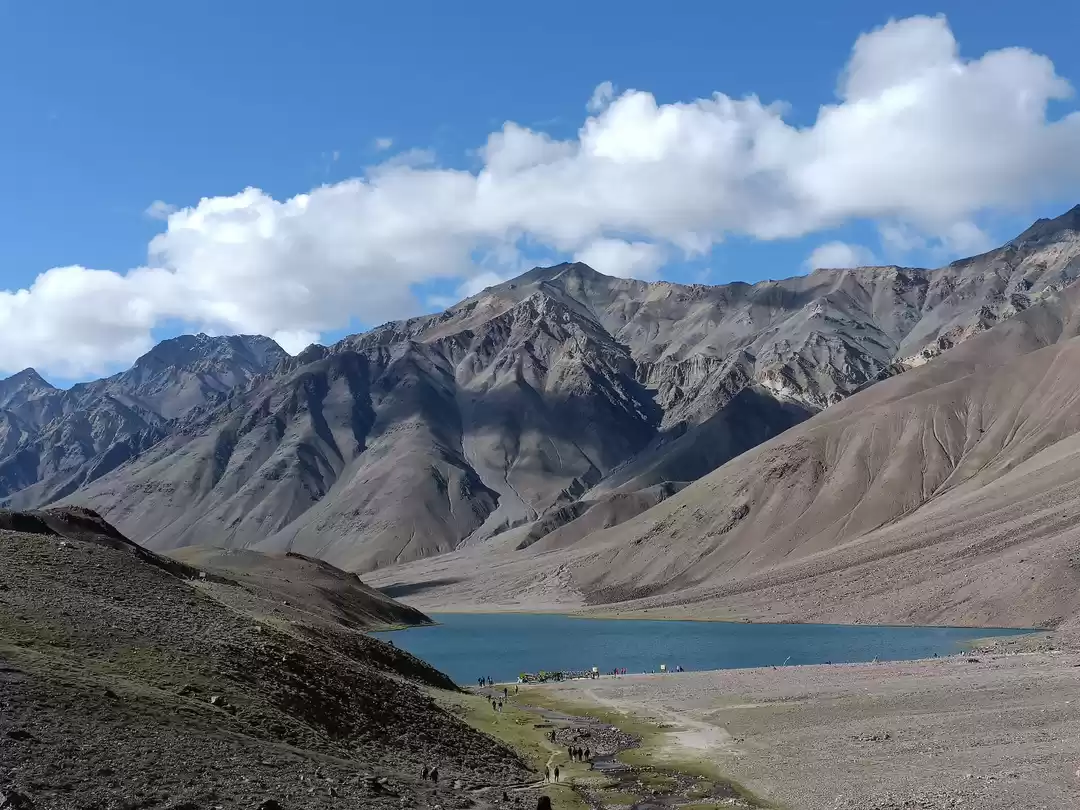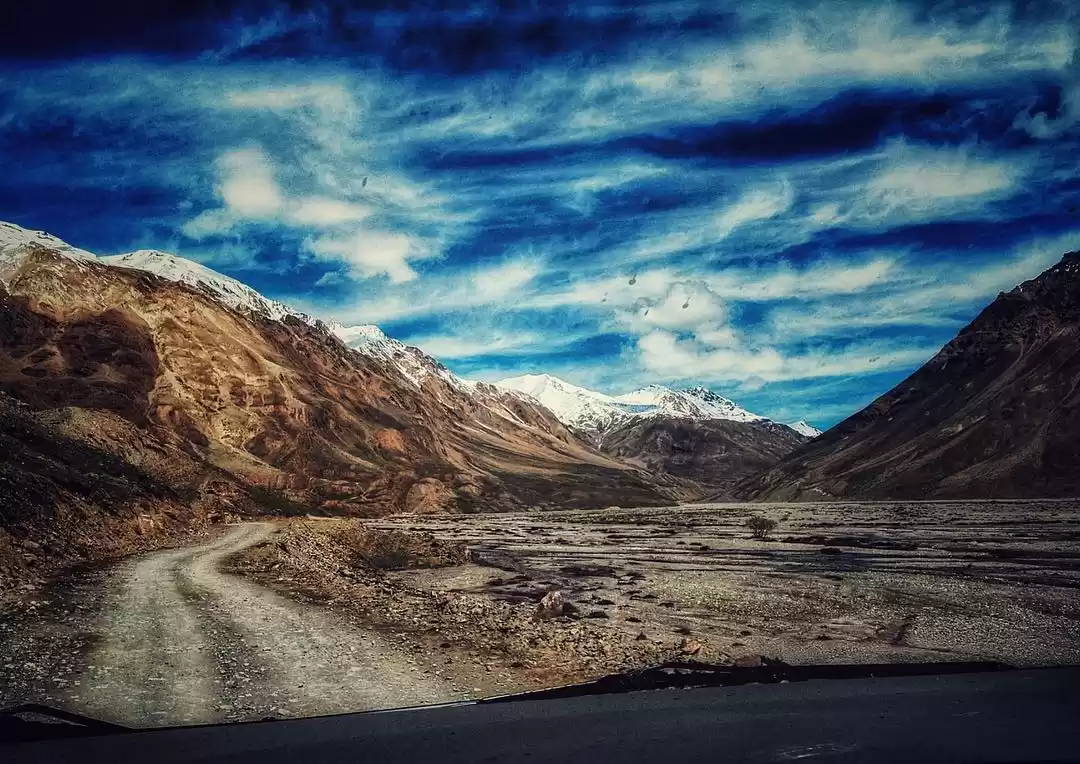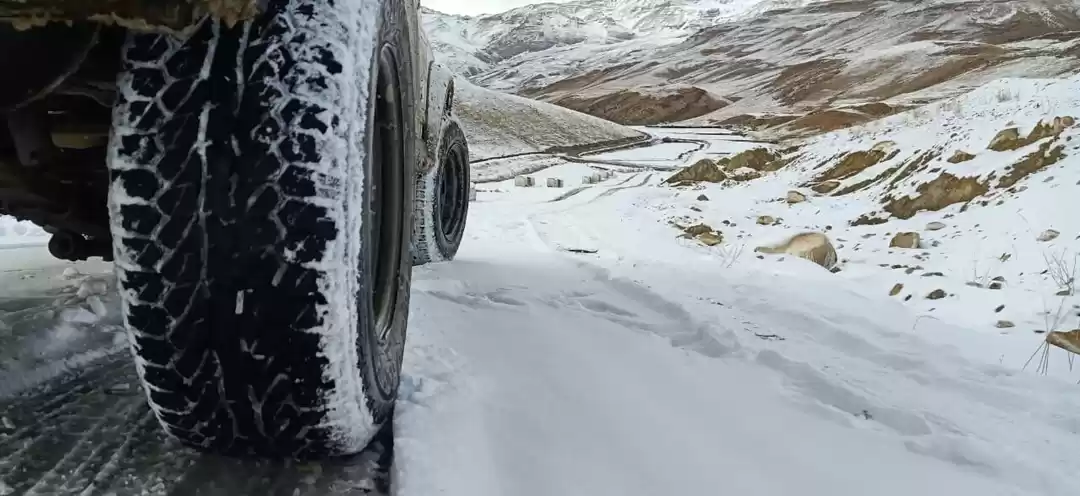
Lahaul and Spiti is a district in the state of Himachal Pradesh. As clear from the name, Lahaul and Spiti are two different mountain tracts one known as Lahaul and the other as Spiti.
The word Spiti itself means the middle land i. e. the land between India and Tibet
Spiti is largely influenced by Buddhism thereby having most of its native population as followers of Buddhist culture and religion. While Lahaul is greener, Spiti is dry and barren like a cold mountain desert with a few green patches where cultivation is present.
No. 1 Rivers of Spiti Valley:
#Spiti river flows in the major part of Spiti valley originating near the Kunzum range of Himalayas. It is also fed by many Himalayan streams including pin river. It flows such that it divides the Lahaul and the Spiti region. Originating near Kunzum range, it flows through Losar, Rangrik, Kaza, Key, Dhankar, Tabo, Nako, Sumdo and finally merges into Satluj at Khab sangam near Khab village in Kinnaur. Spiti river is considered the lifeline of Spiti valley.
#Chandra river originates from the southeast side of Baralacha la pass and the water streams from glaciers form the Chandra taal lake near Kunzum pass in Spiti valley. Chandra river has its source as the Chandra taal lake and after Kunzum range it flows extensively along the road from Batal to gramphoo and then on Manali leh highway in southeast direction before finally taking a southwest course to finally meet the Bhaga river at Tandi.
#Interesting thing about Chandratal lake is that there is no visible source of water to the lake but there is a visible outlet which means the water to this lake comes from underground which is highly unusual.
#Bhaga river originates on the southwest side of Baralachala pass. The glacial streams of Baralacha la form the Suraj Tal lake which is third highest lake in India. Water Outlet from Suraj Tal lake form the Bhaga river.
#Bhaga was supposedly the lover of Chandra and together with their sangam at Tandi they form the Chandrabhaga river which later merges with Chenab.
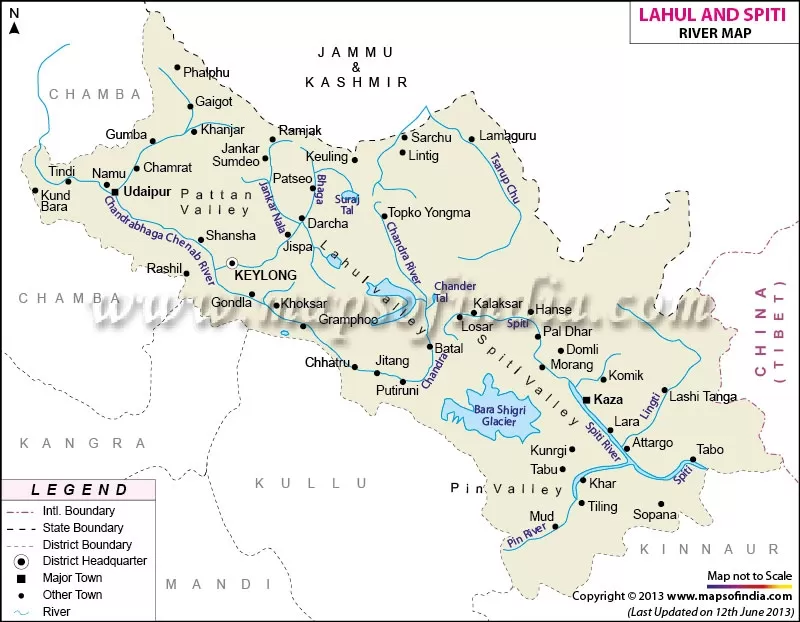
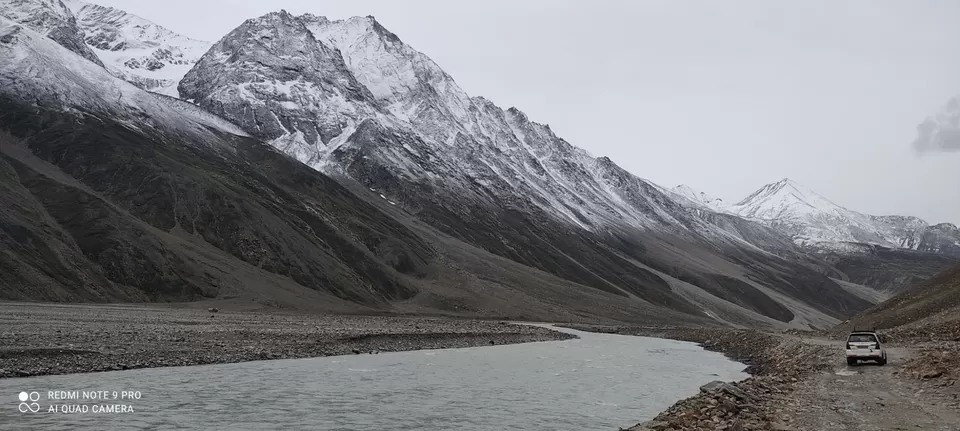
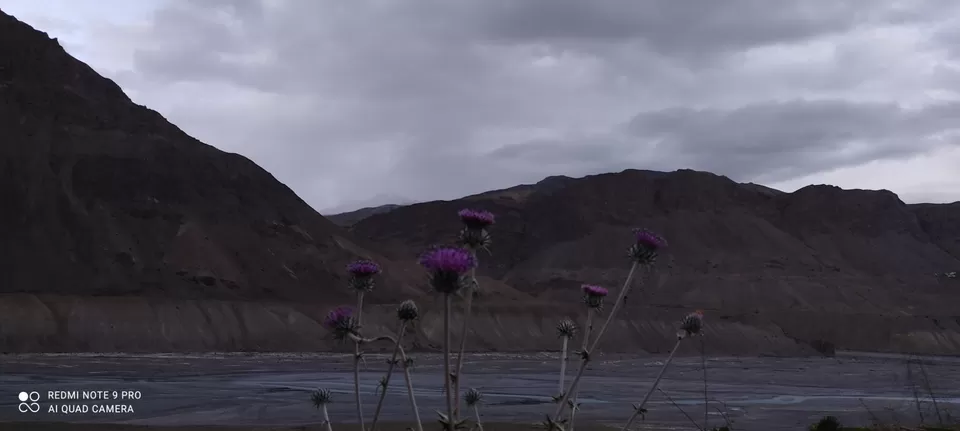
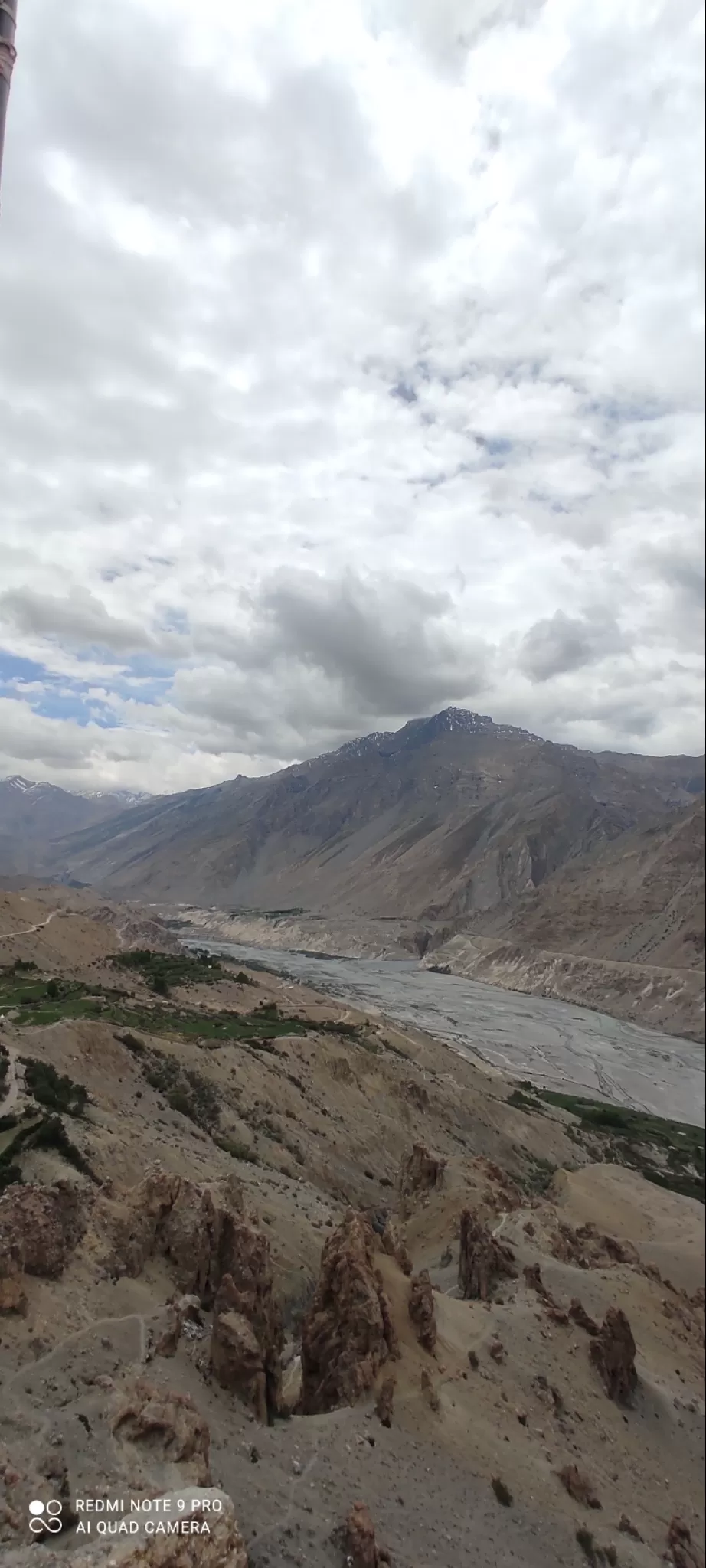
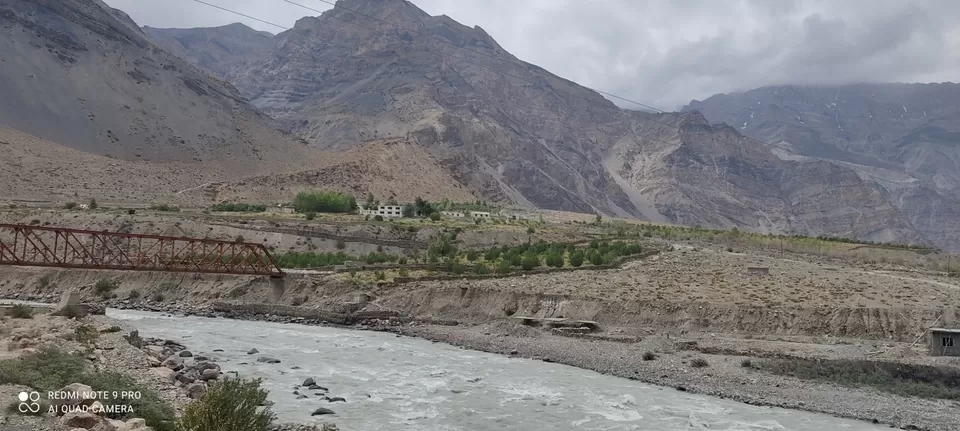
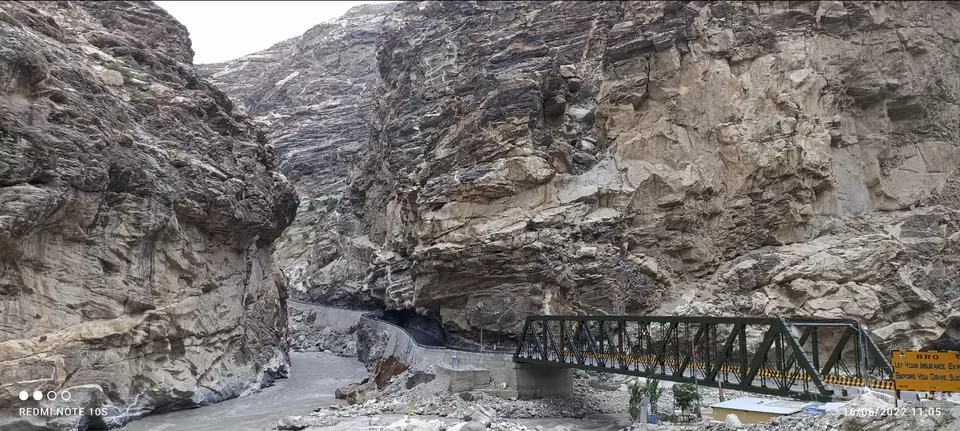
***
No. 2 Spiti Valley: Langza where fossils from Tethys sea can be still found
#About Tethys sea: At the start of the Mesozoic, the time span from 250 to 65 million years ago, the southern continents, including Africa, lay together as part of one large supercontinent, Pangaea. It was separated from the Eurasian continent by a very large ocean, the Tethys. During the Cretaceous Period, some parts of Pangaea (Arabia and India) drifted northward, on a trajectory to collide with Eurasia. The Tethys Ocean became smaller as these continents closed in on Eurasia. Eventually, Arabia and India collided with the great northern continent and formed the vast transcontinental mountain range stretching from the Pyrenees, over the Alps and the Zagros Mountains all the way to the Himalayas. The sediments deposited previously on the seafloor of the Tethys are now scattered throughout this huge mountain range and can be found at high altitudes.
#Fossils in Langza, Hikkim and other villages of Spiti
Spiti region was a part of Tethys sea and thus marine fossils from Tethys are still found mostly in Langza and other high villages of Spiti. Infact many archeologists are carrying out research on these fossils.
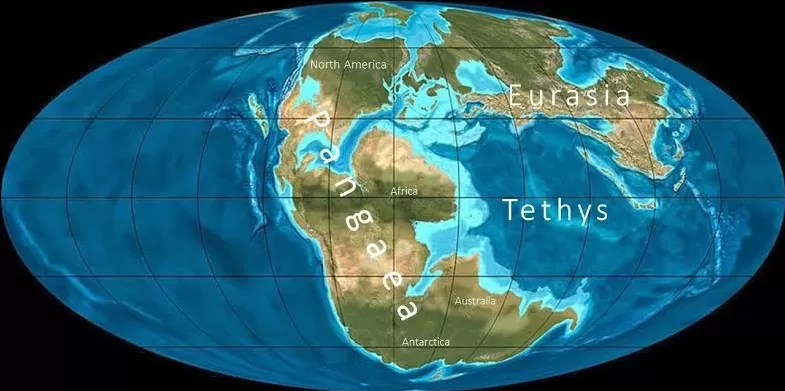
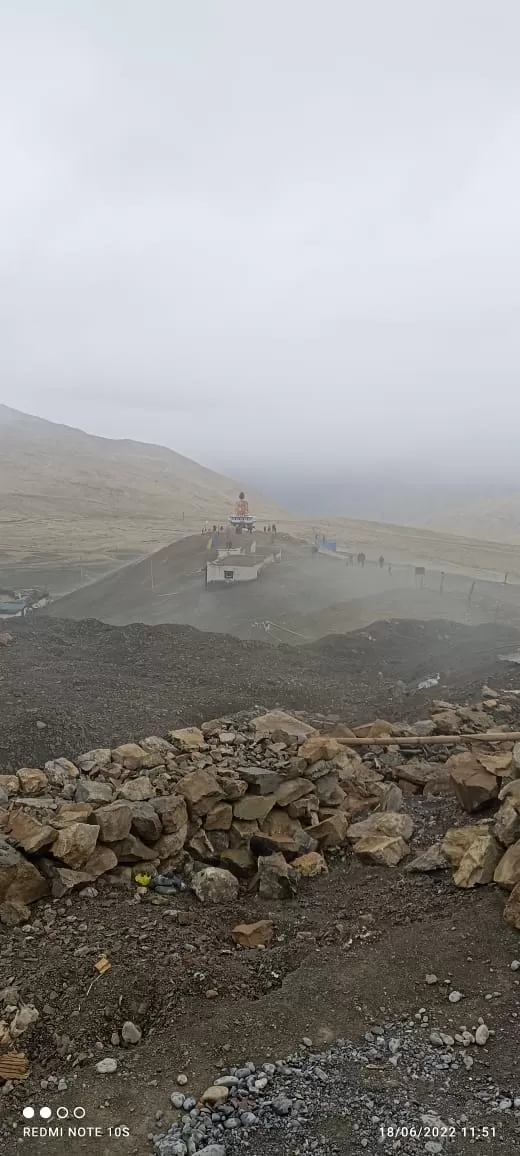
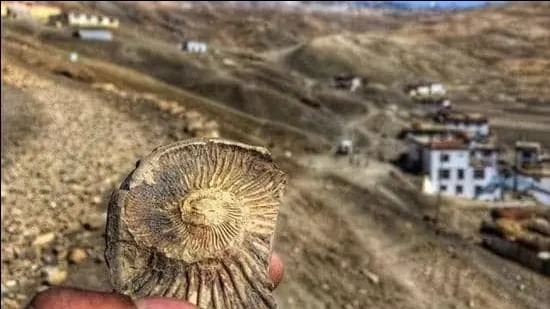
***
No. 3 Spiti - The land of ancient monasteries
#Tabo Monastery: Founded in 996 A.D, the monastery is made of mud and because of its old paintings is also known as the Ajanta and Ellora of the Himalayas. It is the oldest continuously functioning buddhist monument in India and the Himalayas with its original decorations intact. In 1996 Tabo monastery celebrated its Millennium celebration at international level.
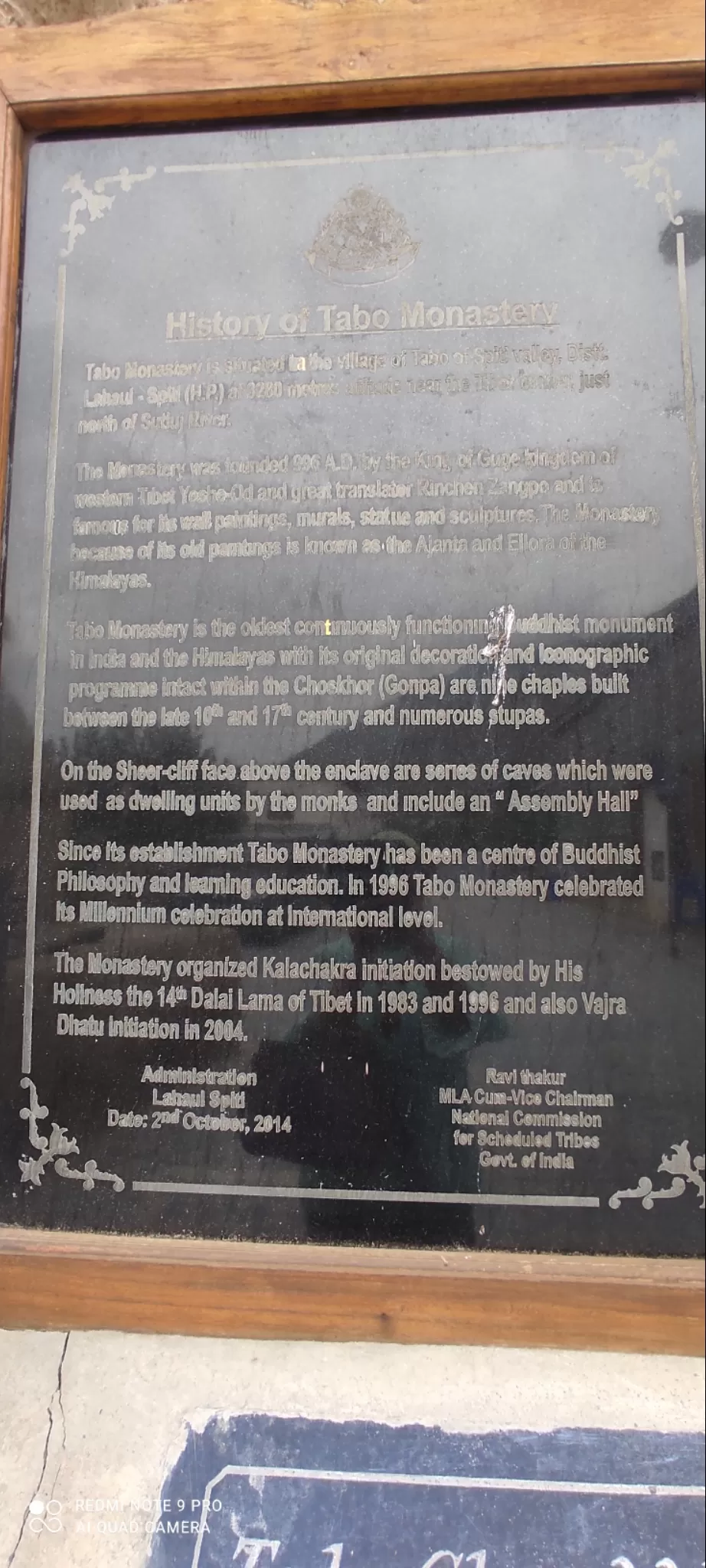
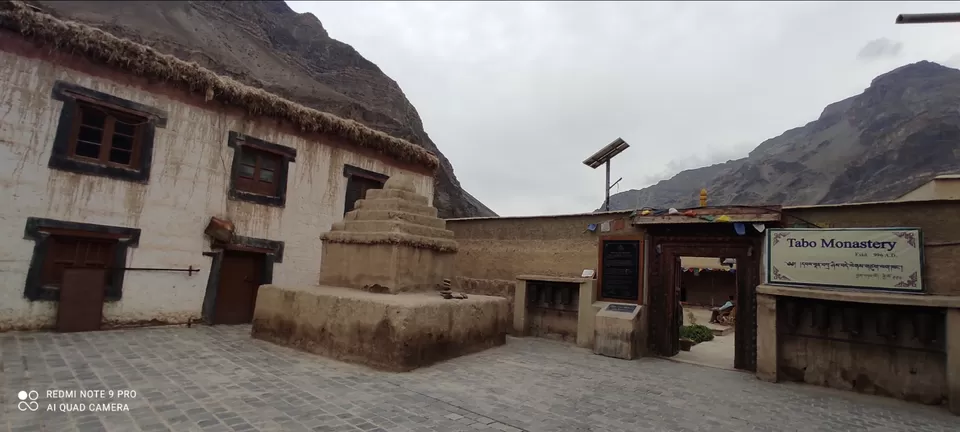
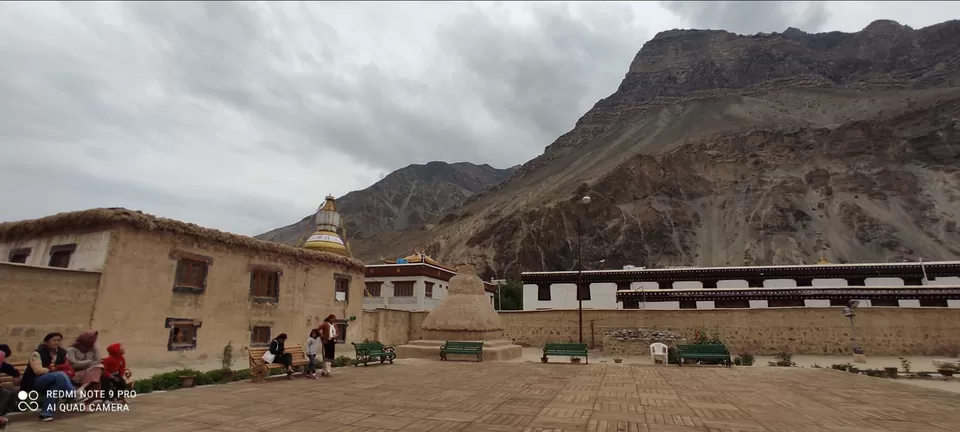
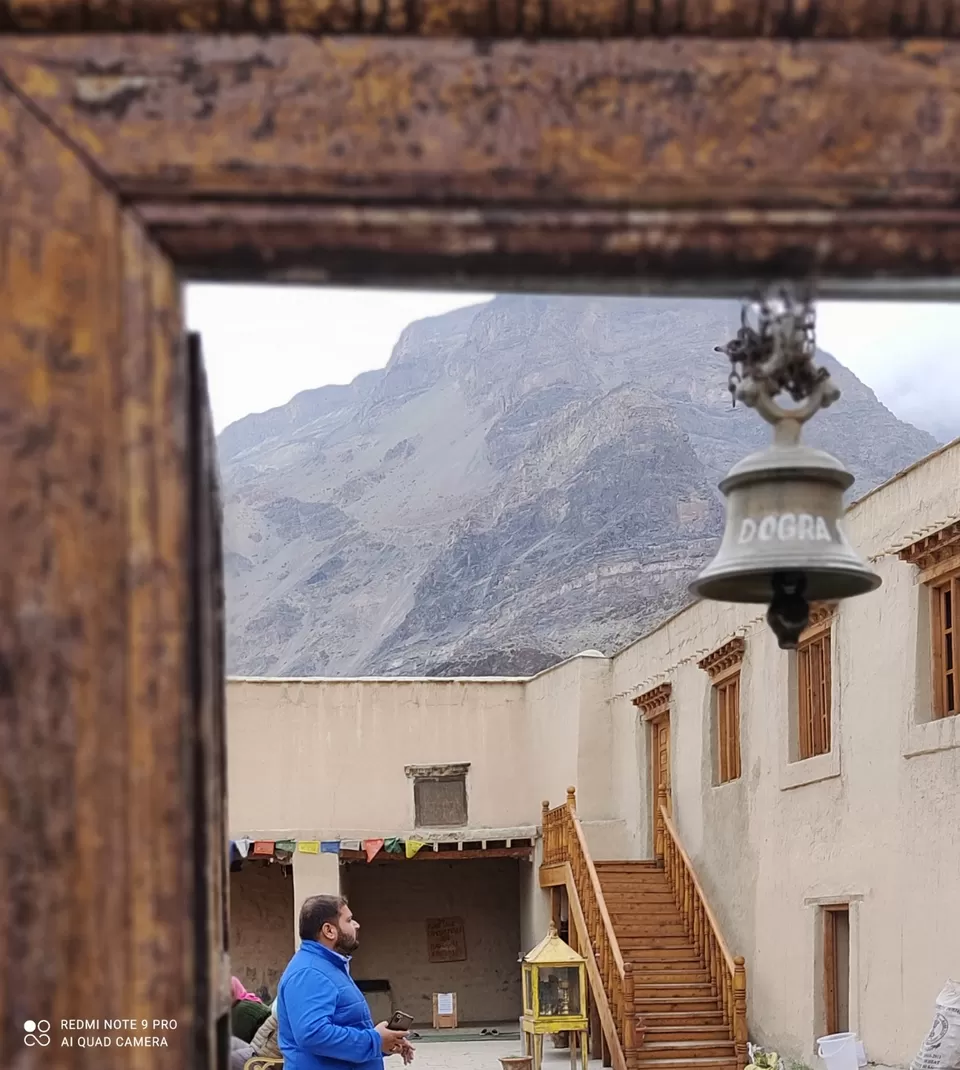
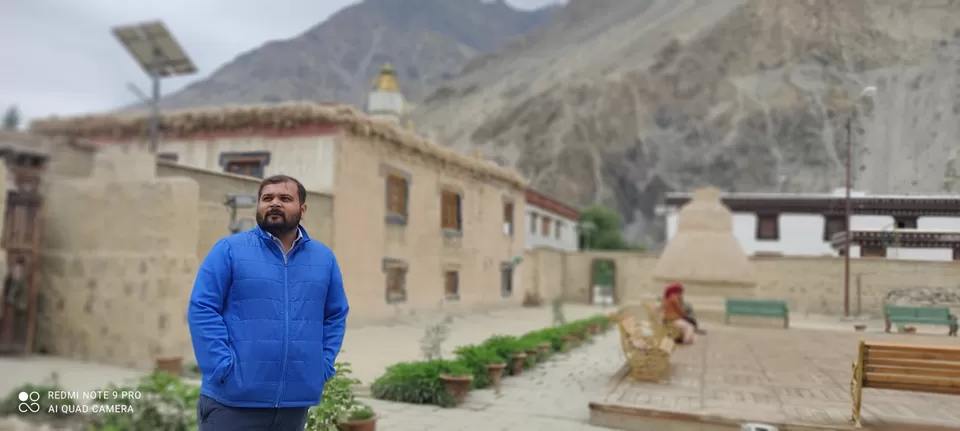
***
#Gue Monastery: This monastery houses the mummy of Sangha Tenzin who was a buddhist monk. The mummy was found by Indo Tibetan border police who were digging their bunker in 1981. In 2002, researchers from oxford came for research and with carbon 14 dating found the mummy to be as old as 1430 A.D. and it was found that no chemicals were used for preserving the mummy.
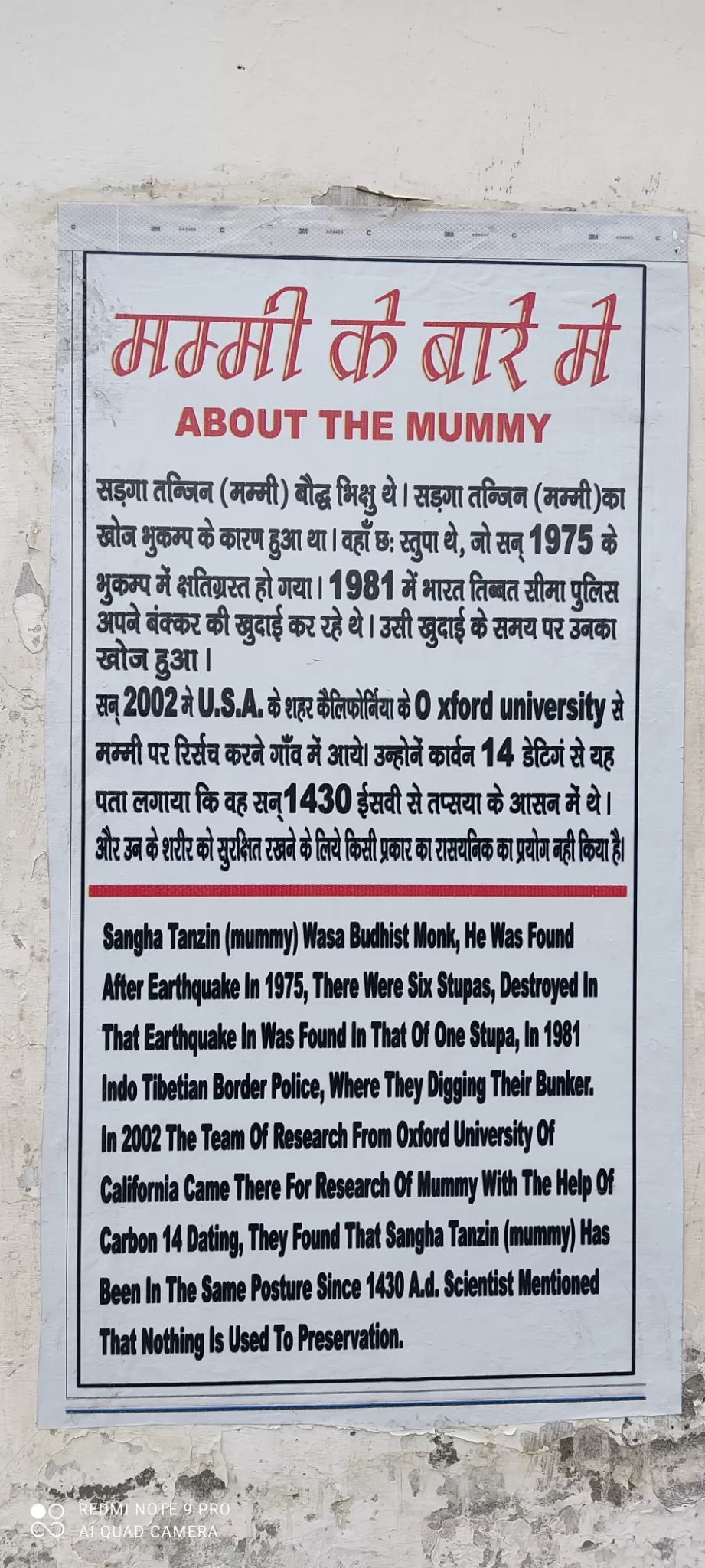
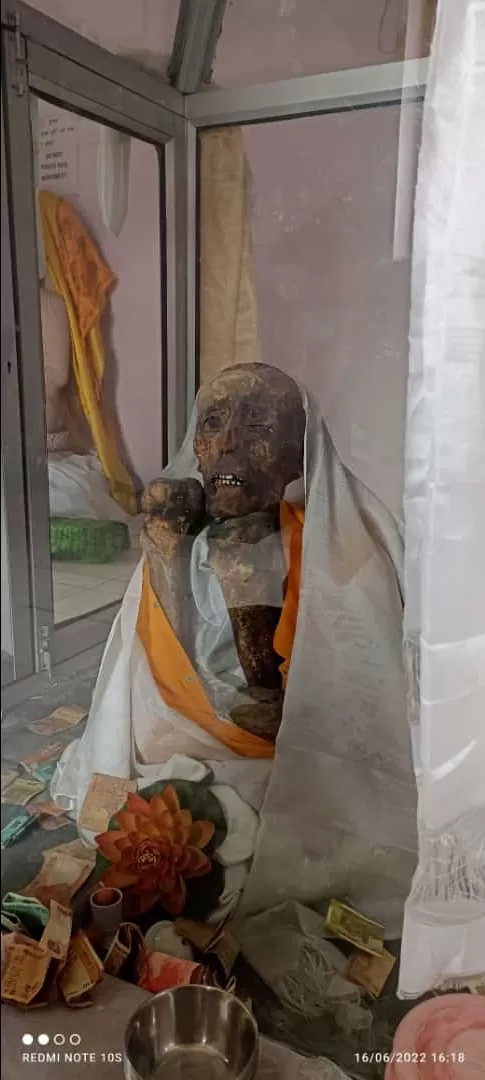
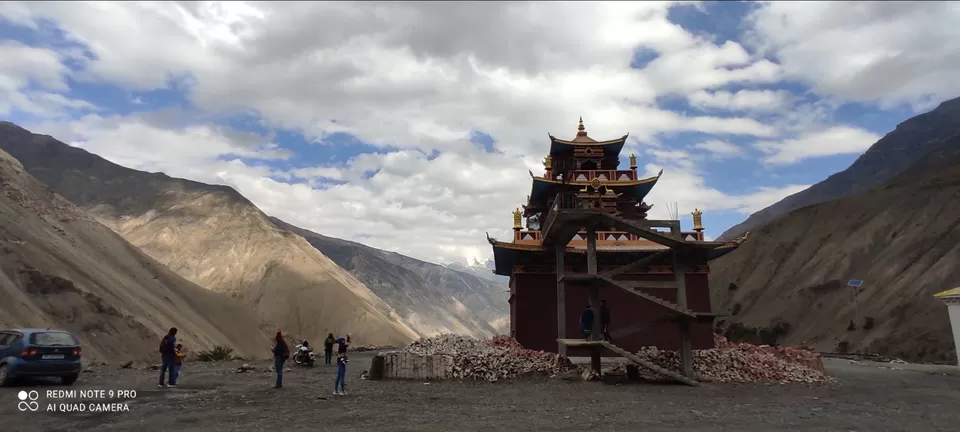
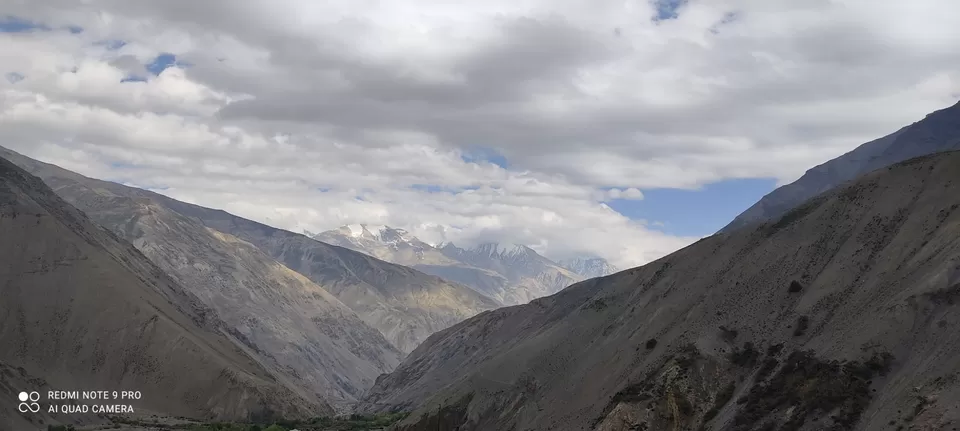
***
#Dhankar Monastery: Located atop the edge of steep cliff, it is perched at a height of about 3900 m overlooking the confluence of pin and spiti rivers. Dhankar monastery is also about 1000 years old. This monastery is in imminent danger of collapsing and has been recognised by World Monument Funds as one of the 100 most endangered sites in the world.
A new monastery is under construction now near the old one.
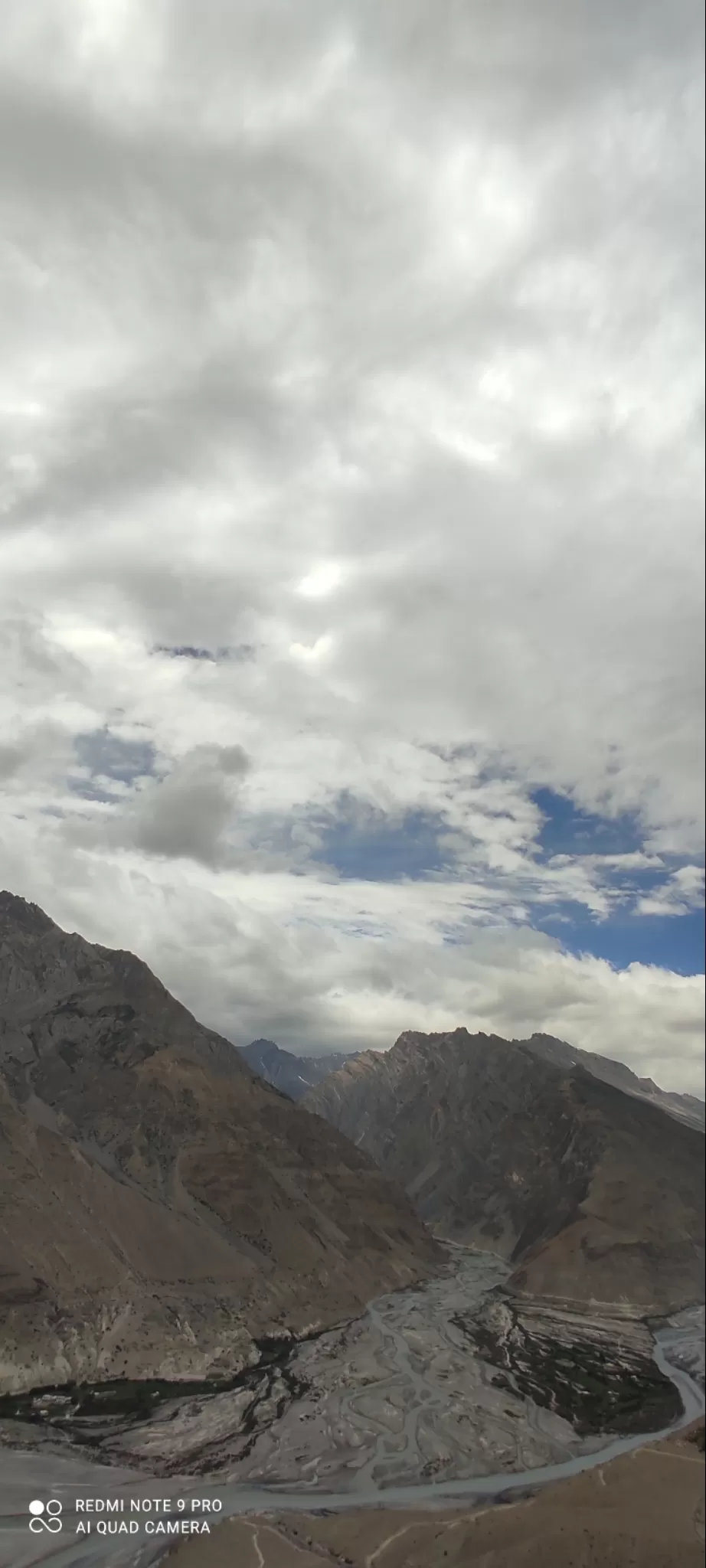
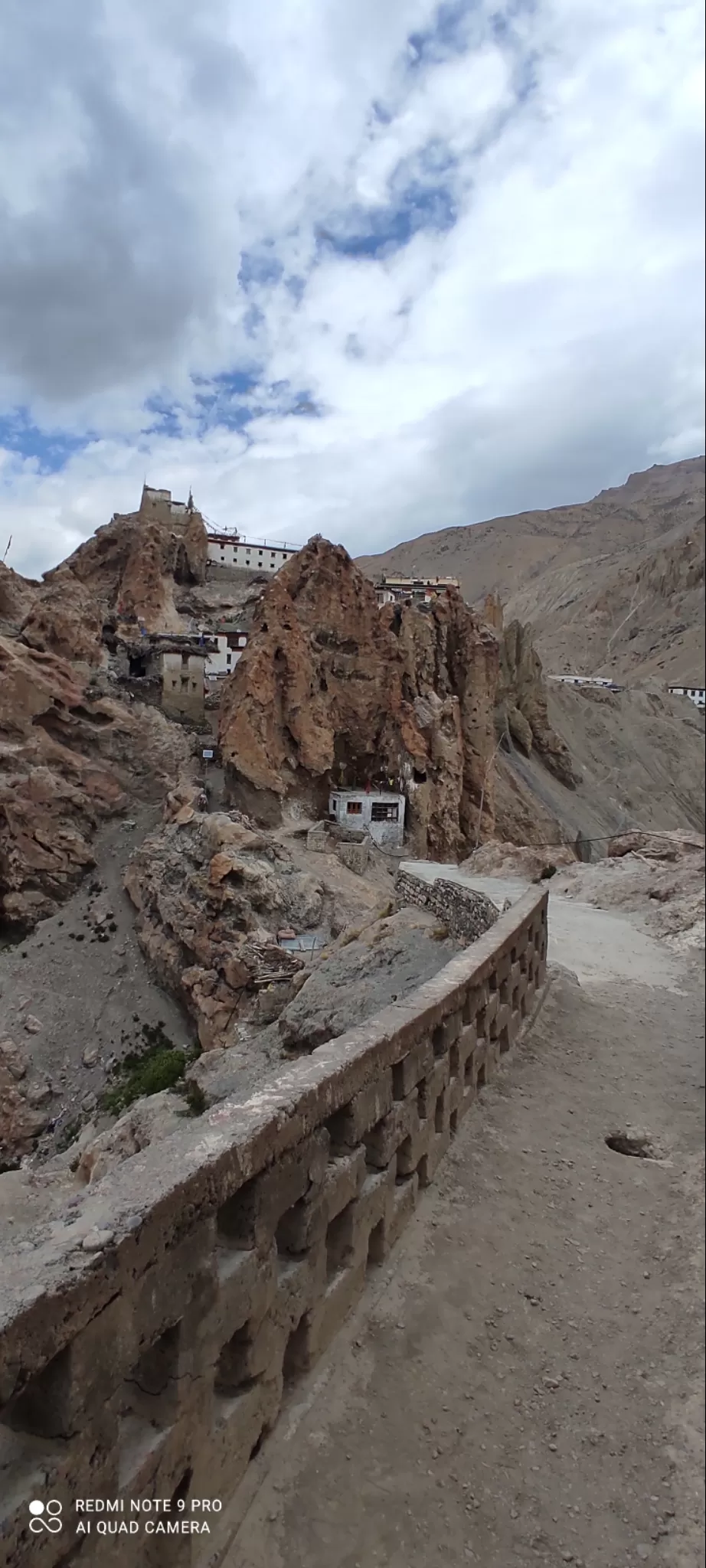
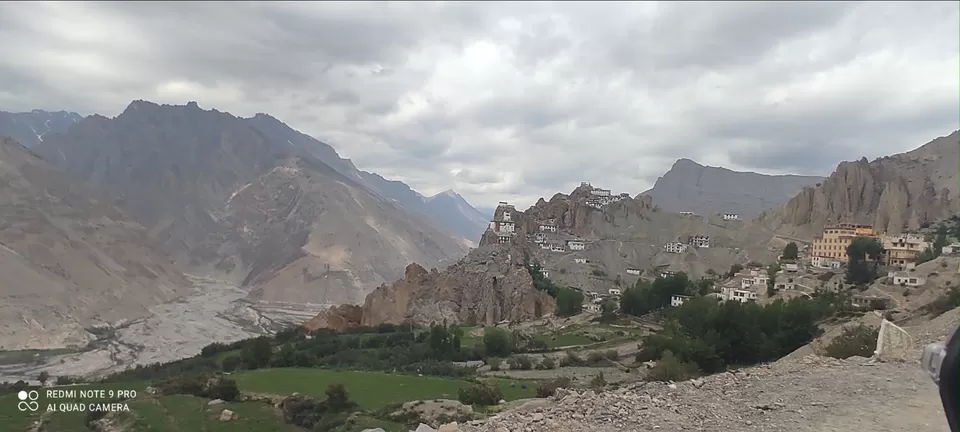
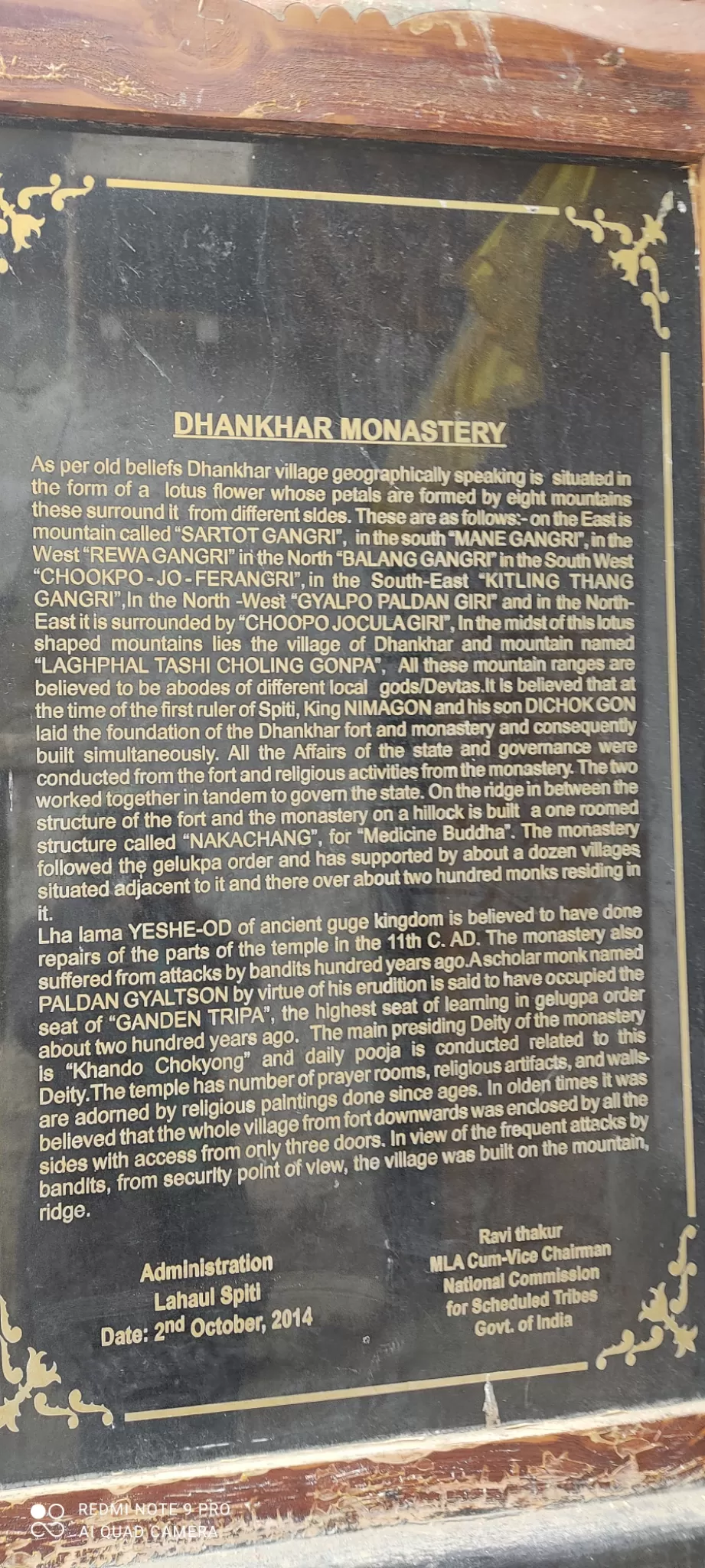
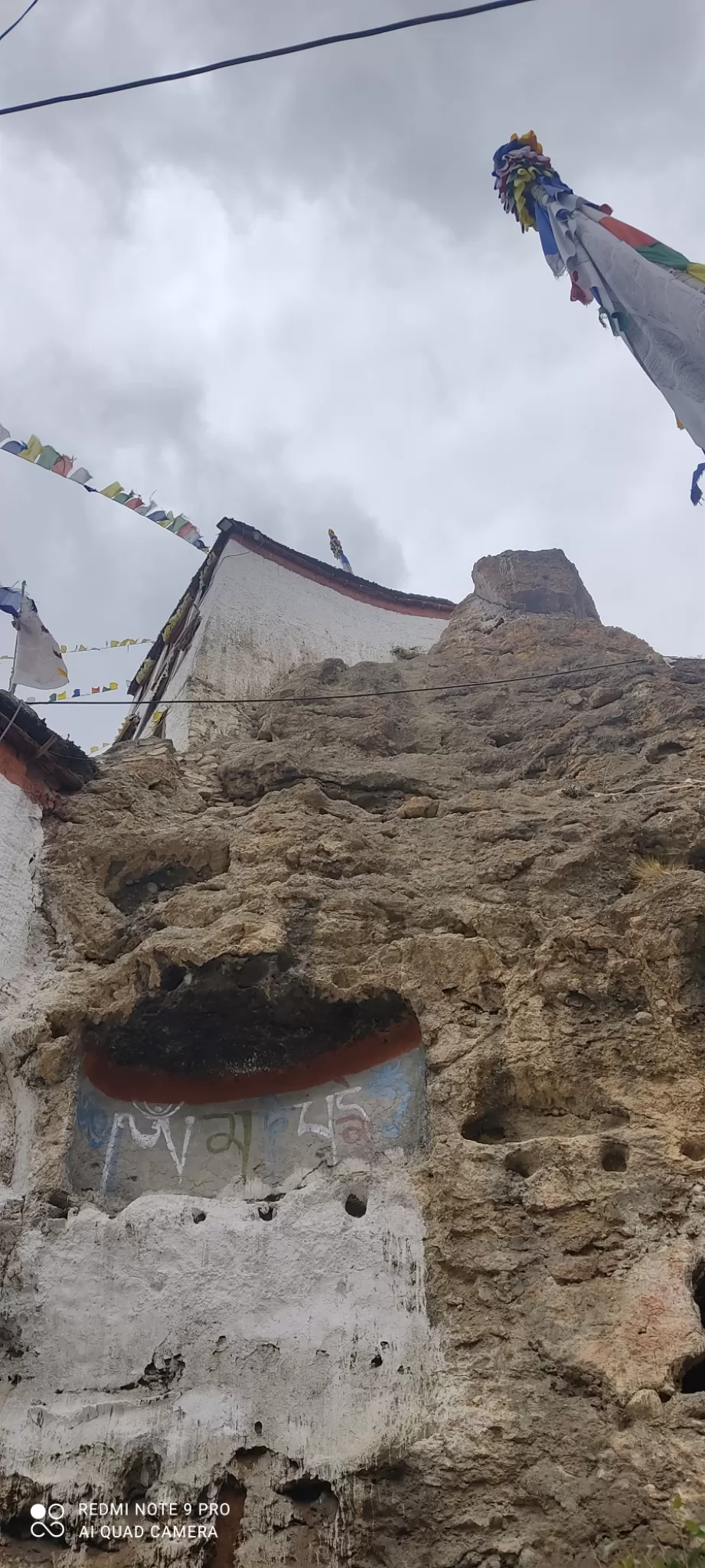
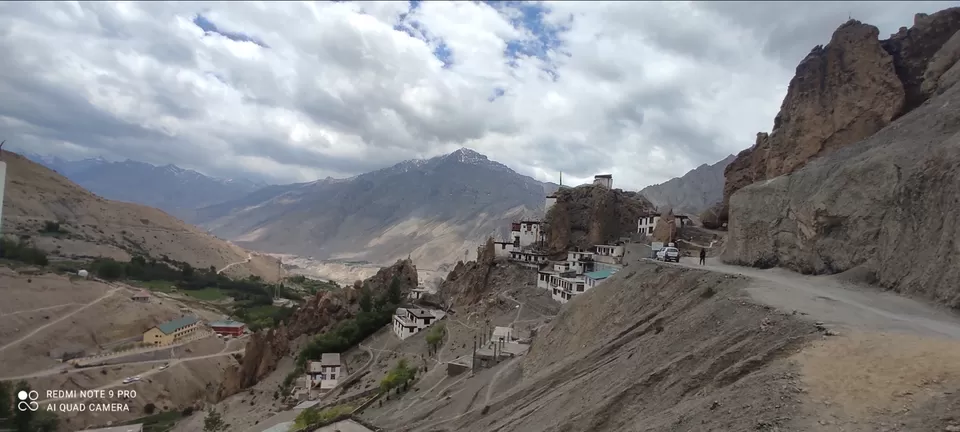
***
#Key Monastery: Key monastery is a scenic monastery in the key village of spiti at a height of about 4200 m. It is also around 1000 years old and is also a spiritual training centre for Lamas.
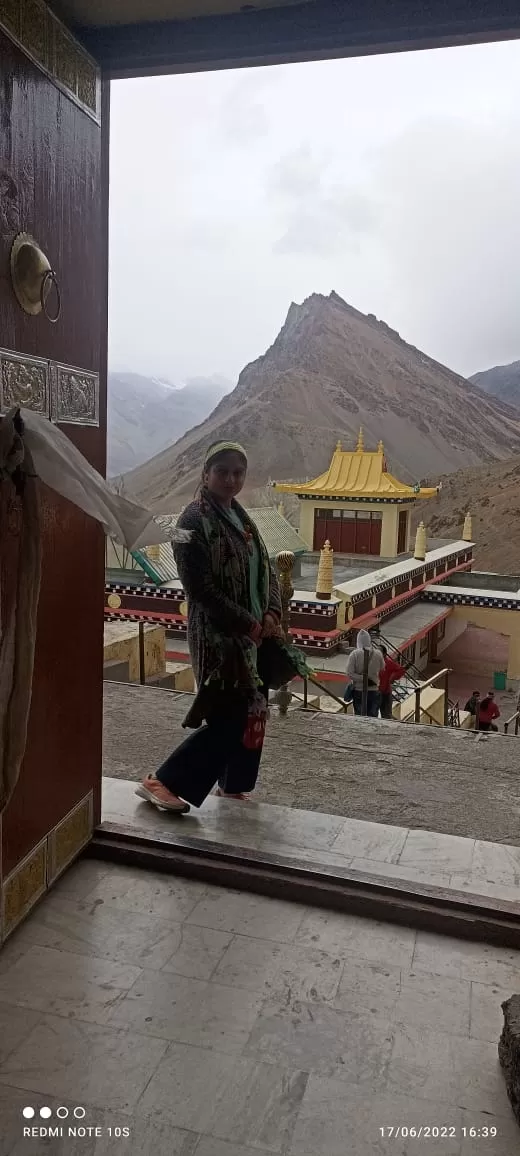
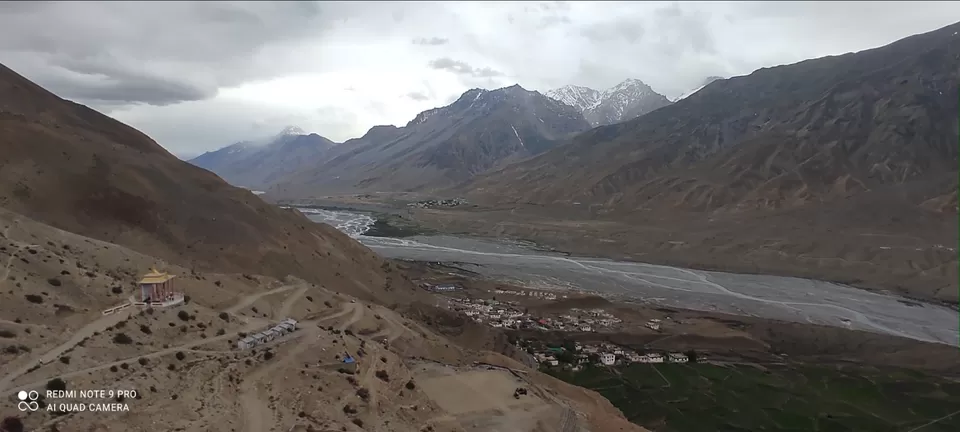
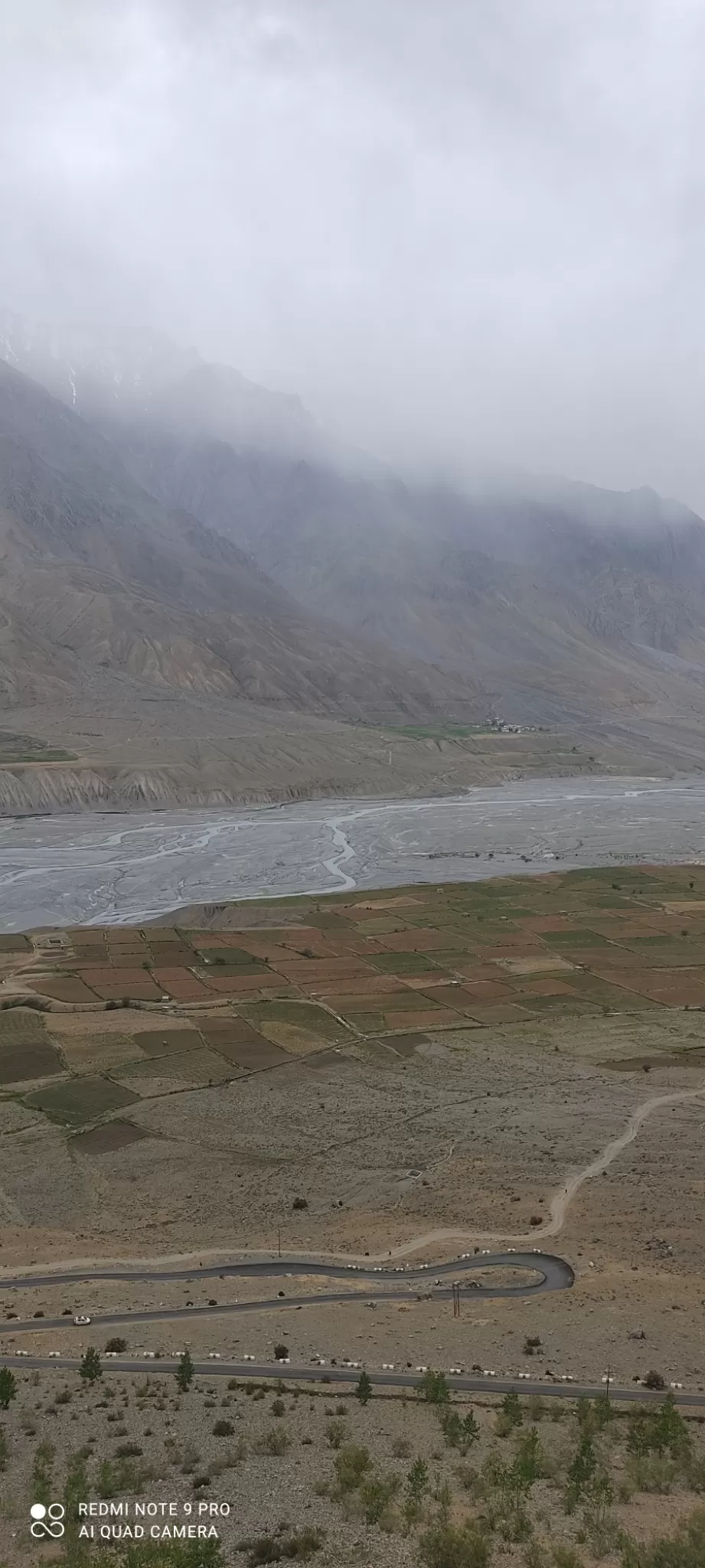
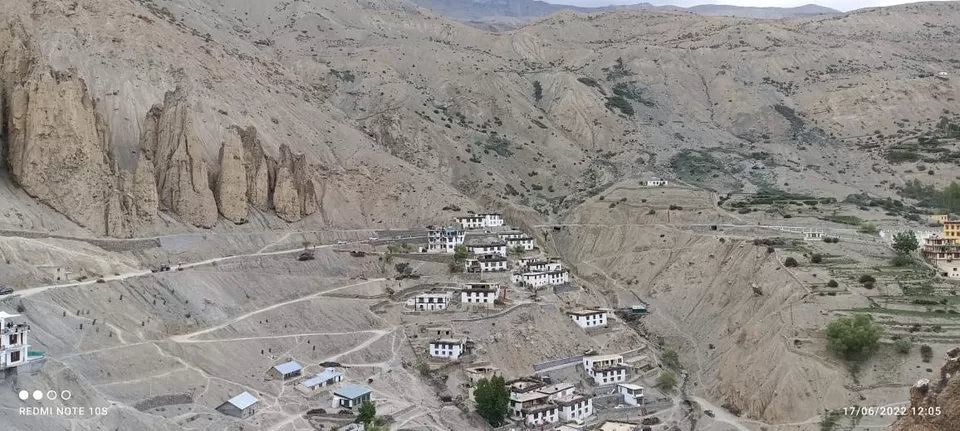
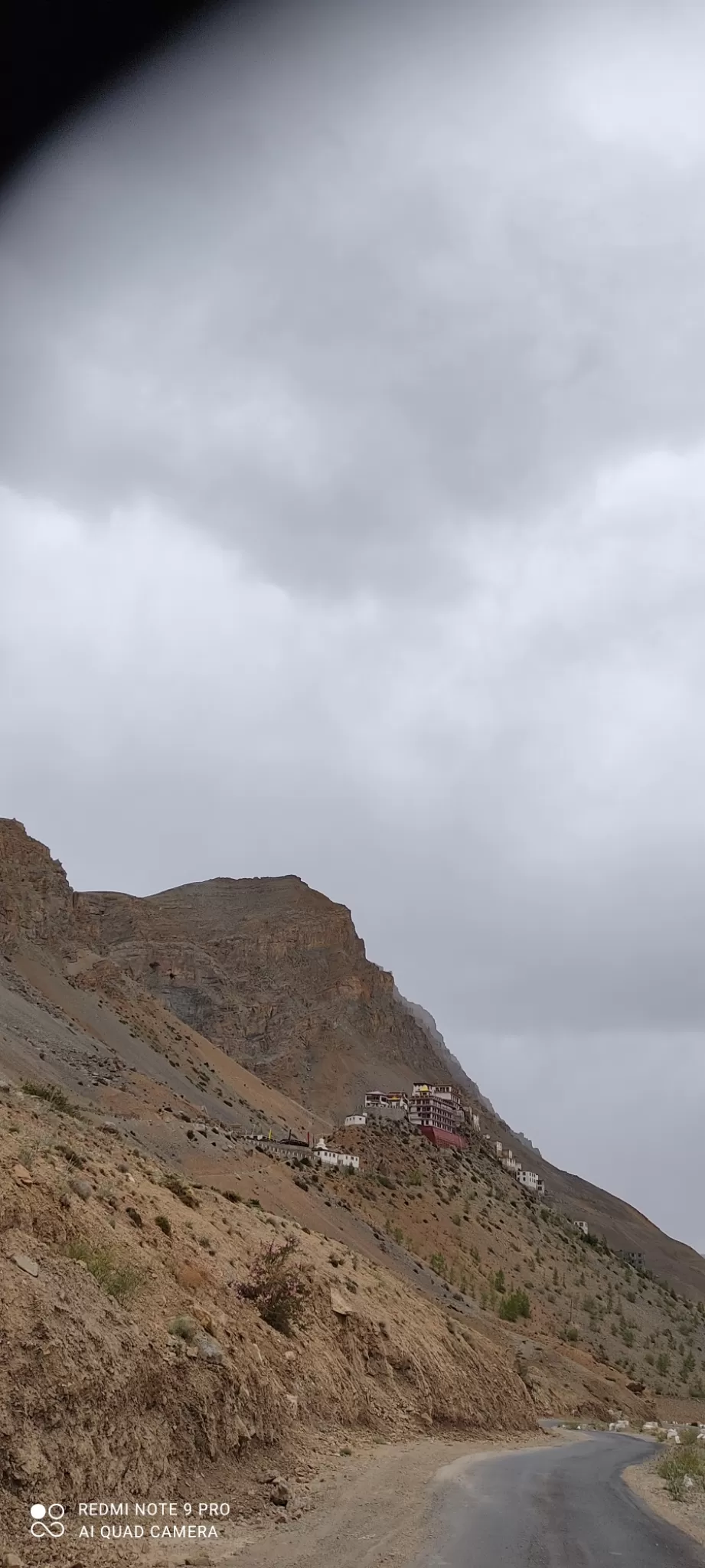
***
#Komic Monastery: Also known as Tangyud monastery, it is located in Komic, the world's highest motorable village accessible by road @ 4578 m. It was built in 14th century.
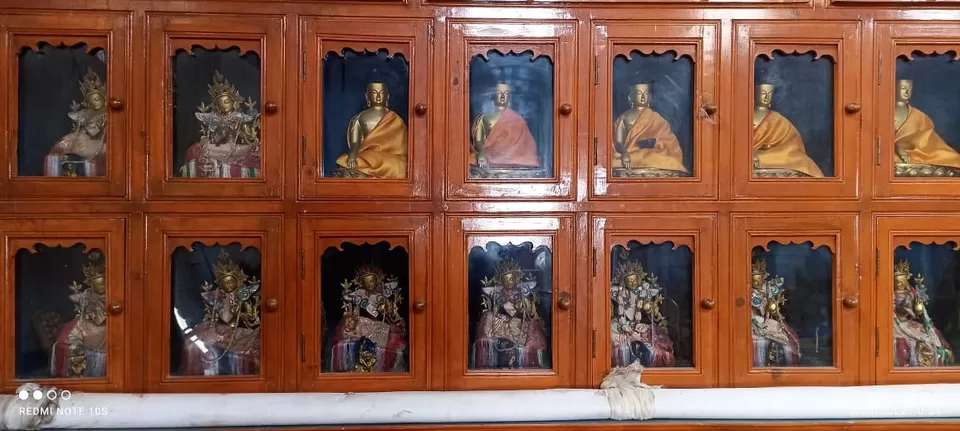
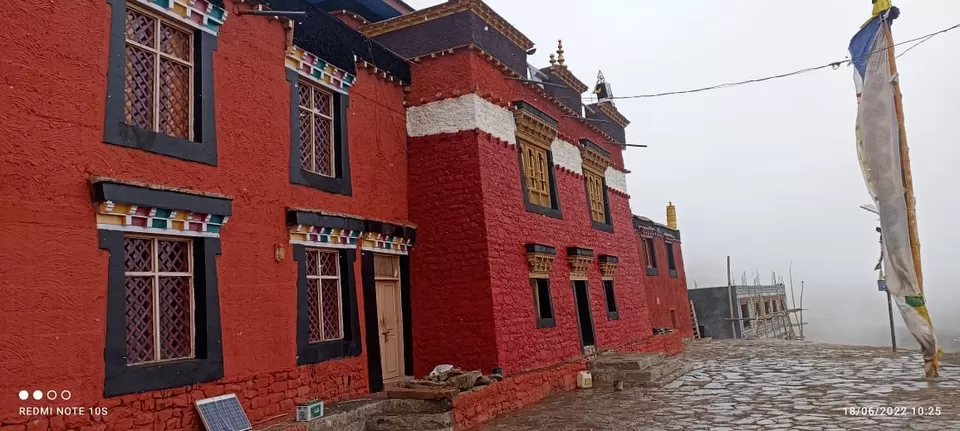
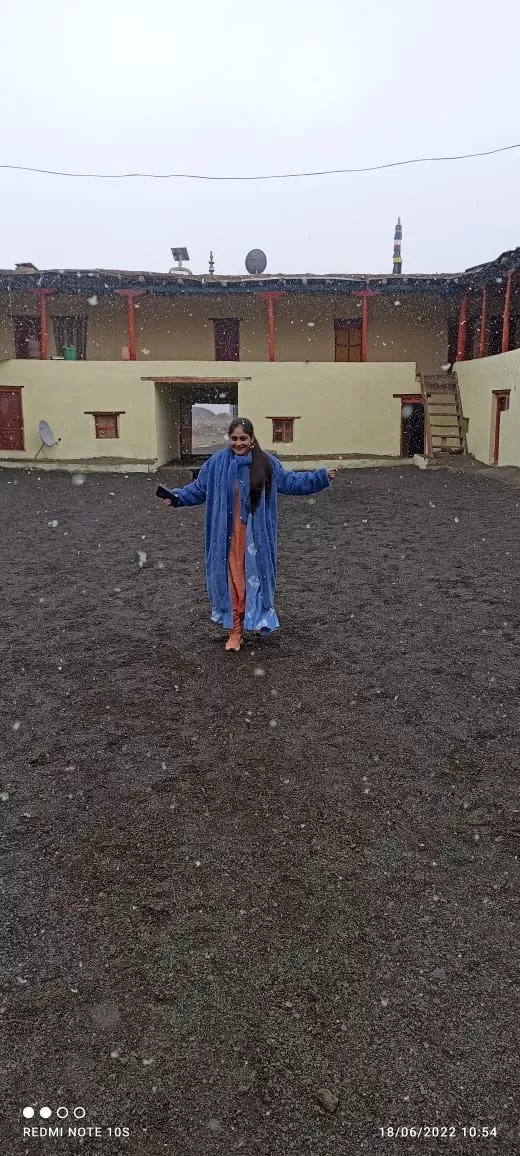
***
No. 4 Spiti Wild life:
Spiti is home to Snow leopard, Ibex and red fox. Many photographers visit Kibber wild life sanctuary just for clicking the snow leopard which is a declining species around the world.
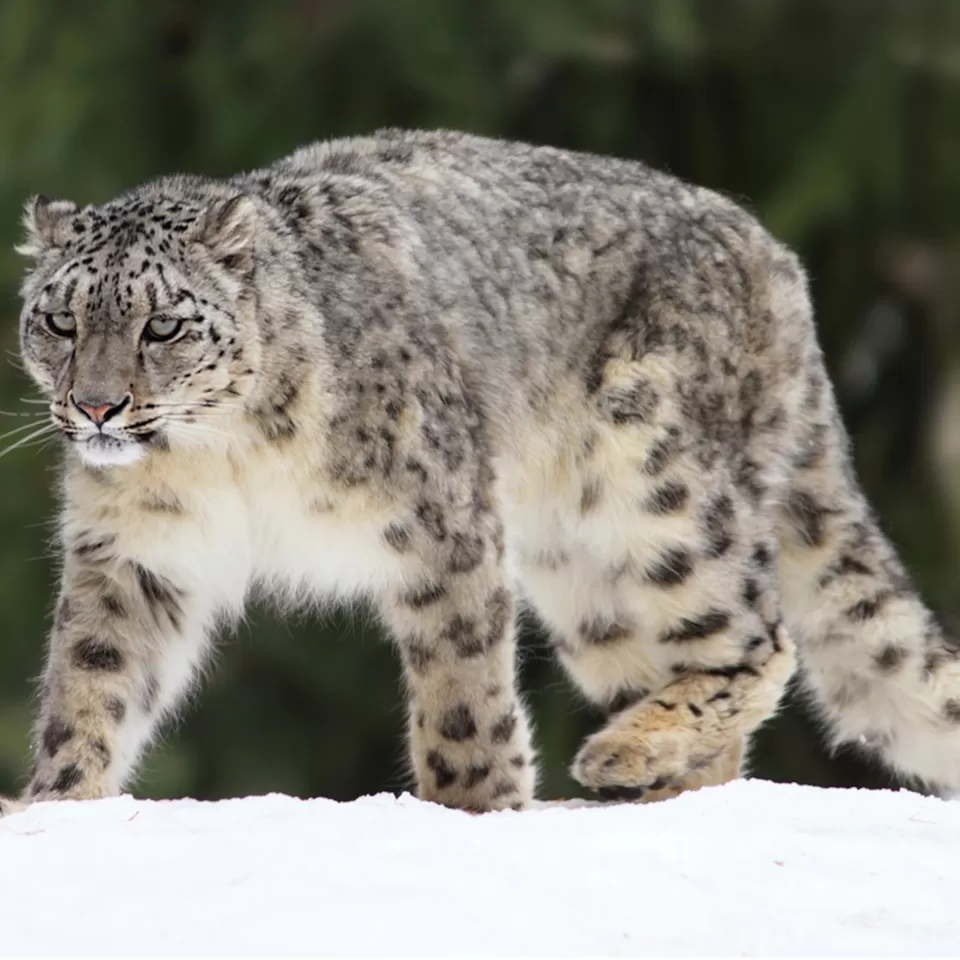
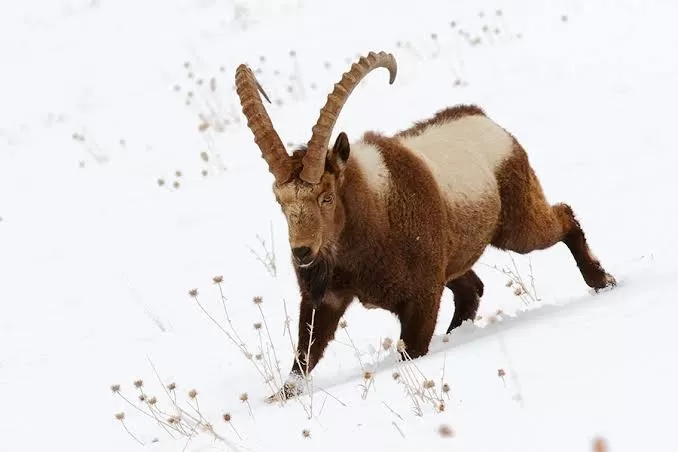
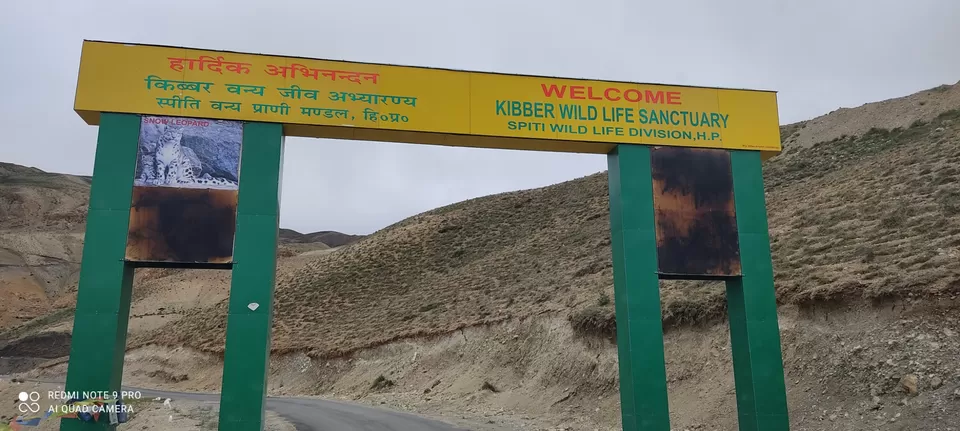
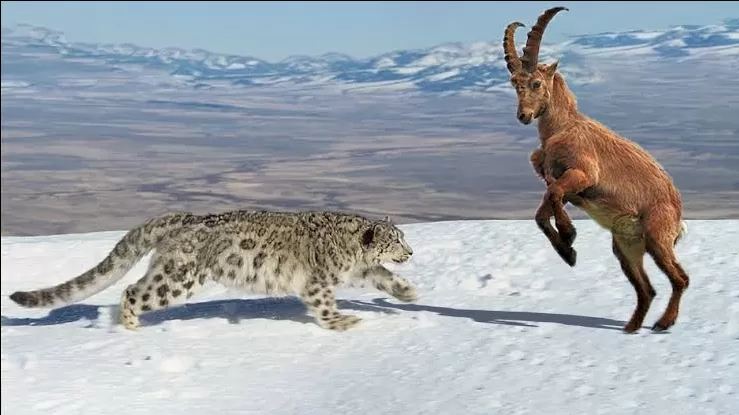
***
No. 5 Spiti valley houses:
Almost all houses in Spitian villages are white with a red strip on the top. The outlines of windows are painted black and there is dry hay stacked on the roofs. These houses give a very patterened and harmonious look to the entire village when looked at from a vantage point. The mini chortens and gompas around the village with the colorful prayer flags add a vivacious soul to the panorama of the villages.
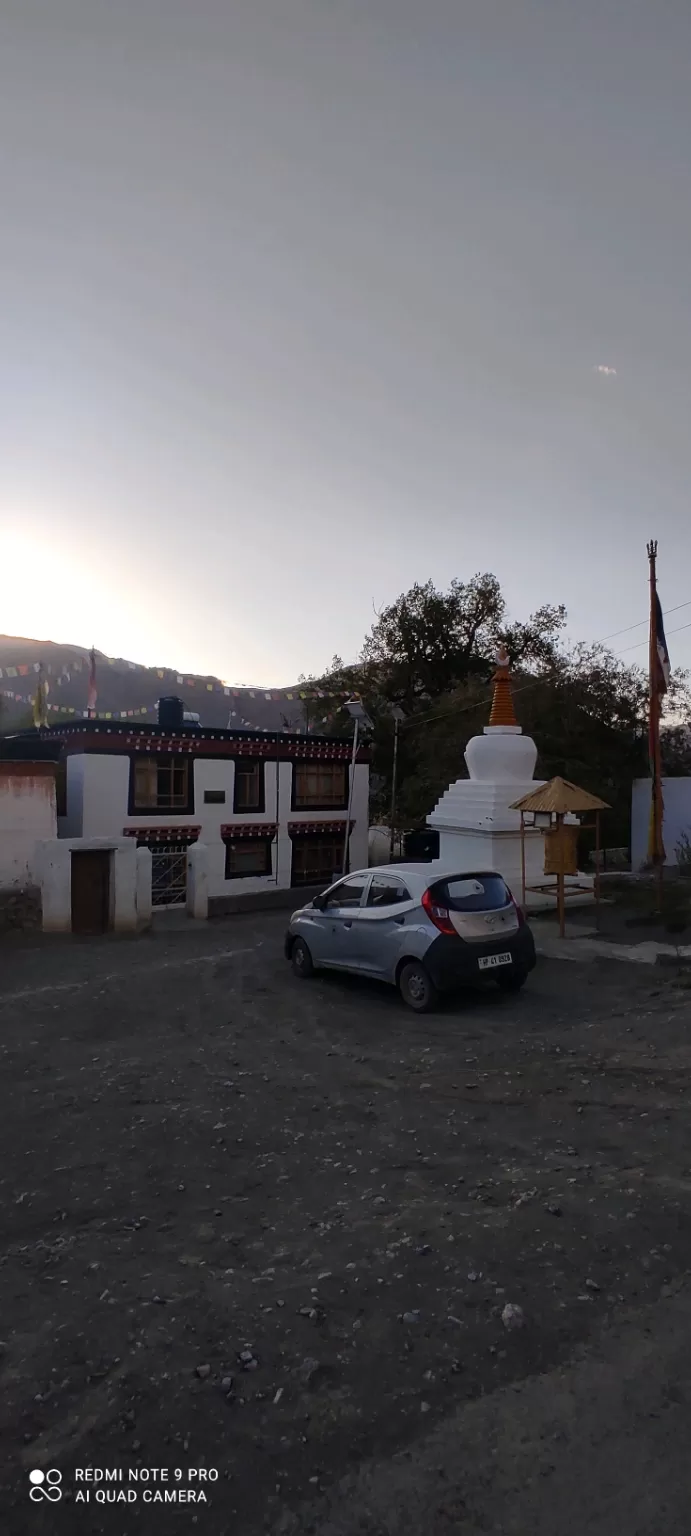
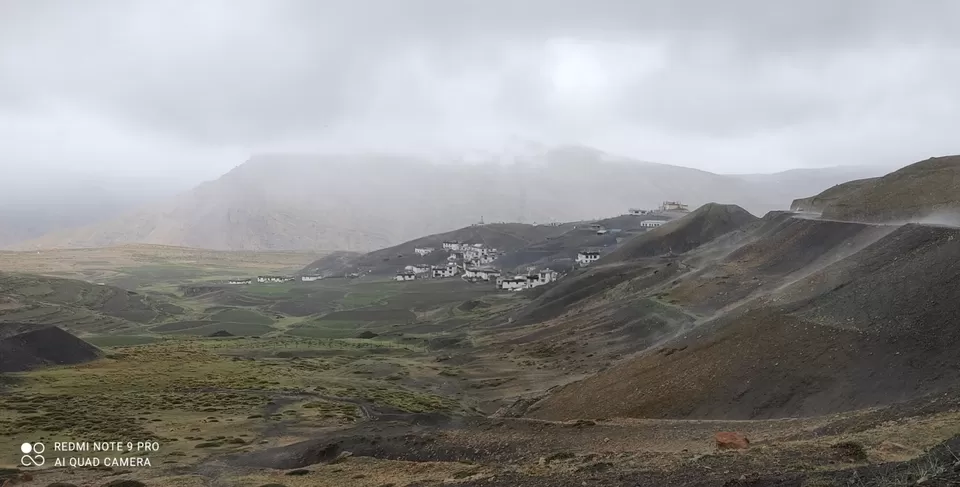
***
No. 6 Spiti cultivation:
Though the mountains are mostly barren, there are far flung green patches where cultivation is done by villagers. Spiti people cultivate green peas, potatoes and barley. Besides, there are also apple orchards in places, though not very common.
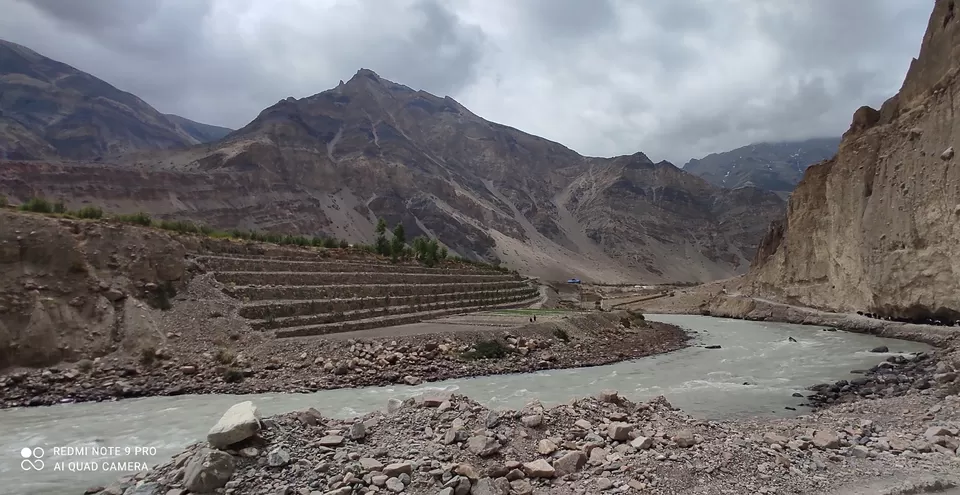
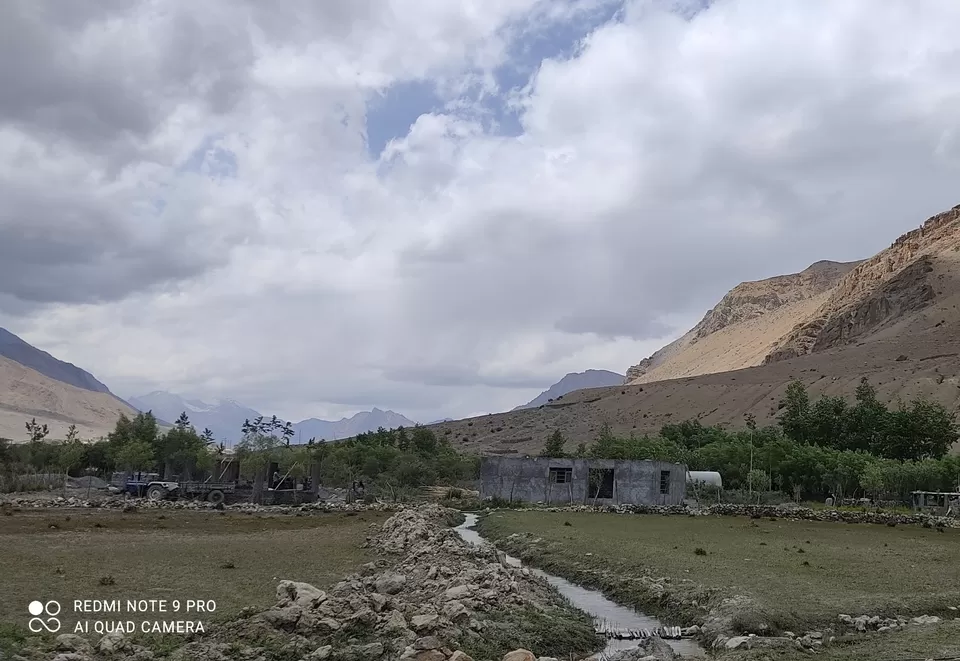
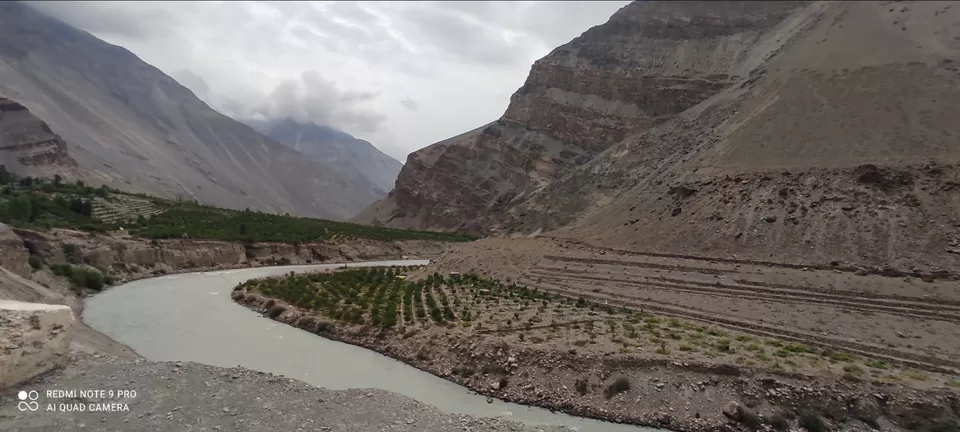
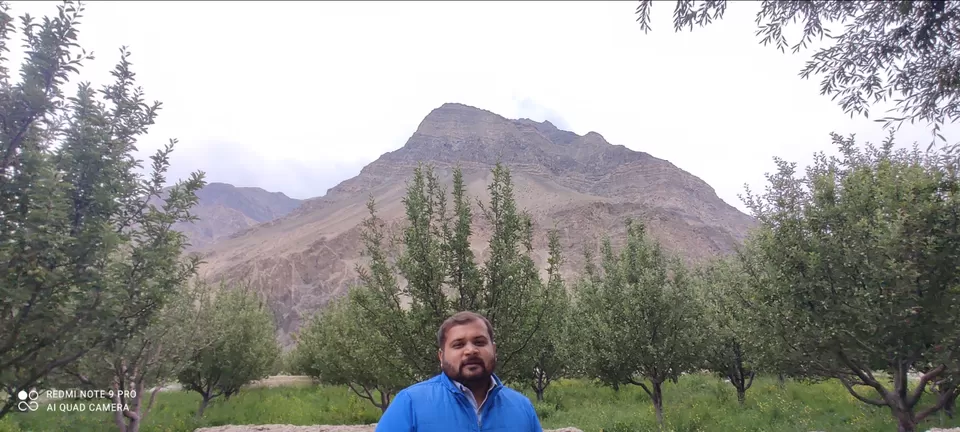
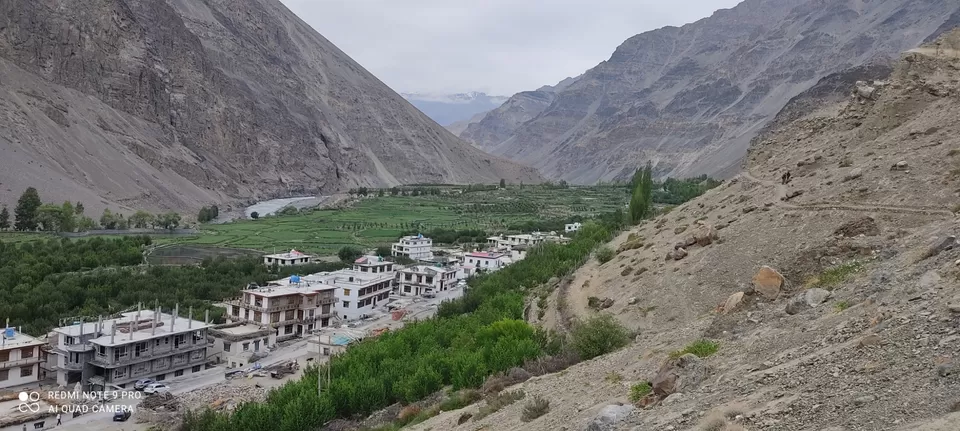
***
No. 7 Kunzum Mata tales at Kunzum pass:
Kunzum pass at a height of 4587 m gives a 360 degree view of Bara shigri glacier. Kunzum Mata temple here is the abode of Kunzum mata which is Kali mata in Hindu symbology. It is believed that praying at this temple will ensure protection and lead to a safe journey. All vehicles stop here to make a clockwise parikrama of the gompa and pray. The shakti of goddess lies in a black colored stone which is kept inside gompa and has a lot of coins sticked to it. It is also believed that if someone makes a wish with complete faith and puts a coin, his wish will be fulfilled and coin will stick to the stone; else it will not. There is a tale which our homestay host told us according to which a person once stole the black stone and ran away with it but the shakti of goddess is such that he met with an accident and died near Manali and the stone was restored to its abode.
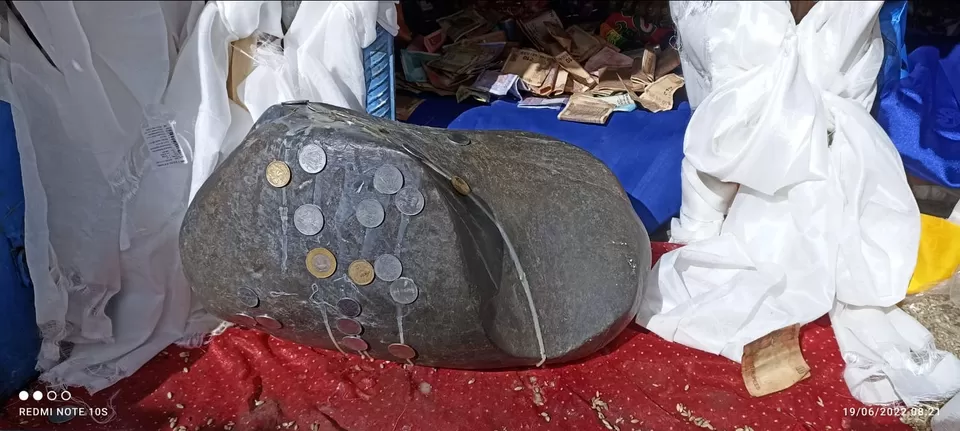
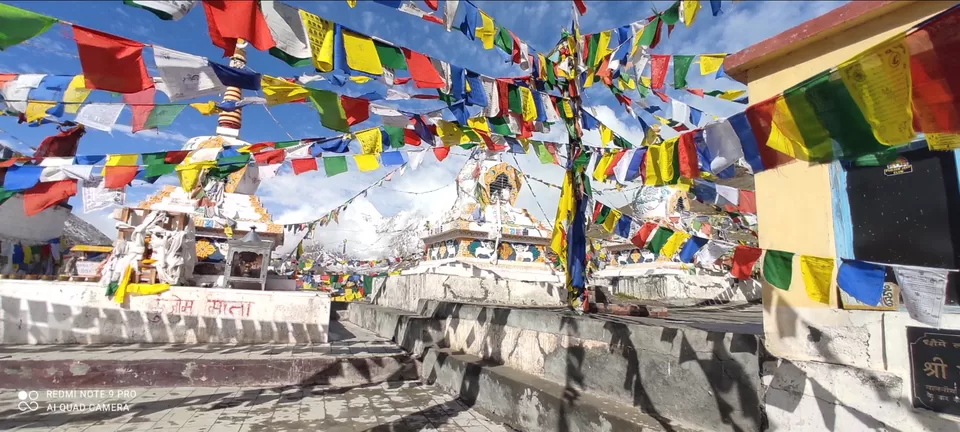
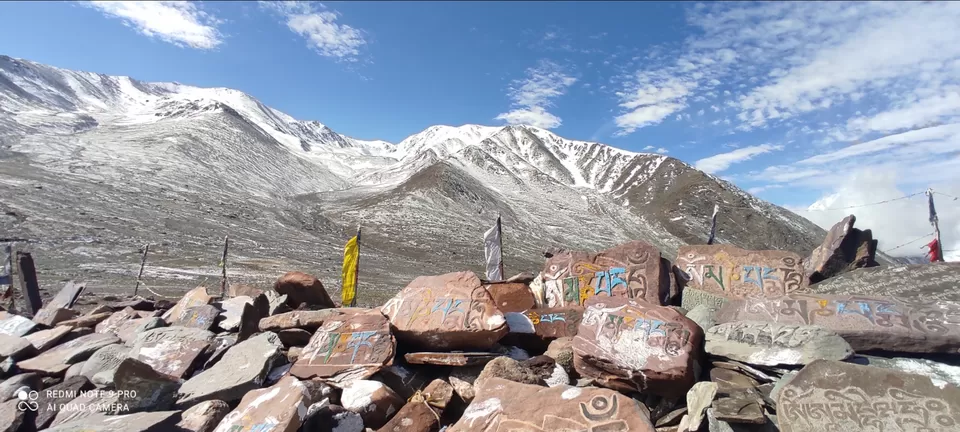
***
To read about complete Spiti guide click here
To read about the road conditions from Kaza to Manali click here
To read about stay options click here
***













